Documenting Satan Canyon Gallery: A Tale of Two Interns
Hi Shumla friends, Hailey and Caitlin here! We’re the 2018 Shumla archaeological interns, and we wanted to share our experience documenting an incredible rock art site called Satan Canyon Gallery. Satan Canyon Gallery is located near the Devils River, and contains Pecos River Style (PRS) pictographs as well as a large collection of petroglyphs. This site is especially important, as there are only two known sites in the Lower Pecos that contain a concentrated collection of petroglyphs (the other known site is located in Lewis Canyon). The experience of documenting Satan Canyon Gallery was significant for us because it was our first intensive field work as Shumla interns. However, before we describe the work we did at Satan Canyon Gallery, we wanted to give a little background about ourselves.
Hailey
I recently graduated from the University of North Texas with a degree in Anthropology, but I didn’t actually begin my undergraduate career as an anthropology major… in fact I was about as far from working in archaeology as you can get: civil engineering. As fantastic as engineering is, my heart wasn’t in it and I switched majors my sophomore year. Now as an anthropology graduate I want to focus on gaining some professional experience before ultimately pursuing my graduate degree in maritime archaeology. My primary interests within the field include 3D modeling (particularly SfM) which is why I’m so excited to be a part of what Shumla is accomplishing.
Caitlin
I’m currently a rising senior at Lawrence University in Wisconsin, where I’m majoring in Anthropology, with a minor in Geology and concentration in Museum Studies. After Lawrence, I hope to pursue graduate study in either Archaeology or Museum Studies. I became interested in working with Shumla because I believe their research and the mission behind it is incredibly important, and because they provide the opportunity to gain both detailed field and lab experience.
Satan Canyon Gallery
So now back to our field work…Satan Canyon Gallery is a large rockshelter located high on a canyon wall overlooking Satan Canyon. The shelter extends nearly 100 feet into the cliff face, and the Pecos River Style pictographs span across nearly the entire shelter wall. The petroglyphs are all located on the dozens of roof-fall boulders in the very center of the site. During previous reconnaissance of the site, Shumla staff realized that to just complete Alexandria-level documentation at Satan Canyon Gallery would take several days (see Welcome to the Shumla Blog for more details about the Alexandria Project). We were fortunate that the landowners, Stan and Ross Studer, allowed us to stay in a bunkhouse at the ranch which saved us valuable travel time each day.
The Petroglyphs
Once we got into the site, the first thing we did on day 1 was to begin documenting the petroglyphs. Documenting the petroglyphs at this site was a challenge not only because of the sheer number of images, but also because many of the boulders were covered in bird poop! In some cases the bird poop completely covers the boulders. In an effort to better examine the rock art we attempted to clean some of these materials off of the rock faces using distilled water, soft cotton cloth, and bamboo tools… unfortunately we had little success.
The Pictographs
Once we had finished documenting the petroglyphs, we turned our attention to the pictographs. As we said before, the pictographs span the entirety of the shelter wall, and are all included in a single panel measuring over 200 feet across! In order to document the pictographs, we used a variety of digital recording methods, including SfM, Gigapan, and the Iconographic Inventory (see our SfM and Gigapan blog, as well as the Iconographic Inventory blog for a more information). One of the most enjoyable parts of documenting a site are the moments the team takes to visually examine the rock art and find as many recognizable figures/motifs as possible. We took careful notes on the composition of the mural, the elements that were present, as well as the process that we followed in order to document the site. The fact that we spent four days working at one site speaks to the sheer size of the shelter as well as the intricacy of the rock art, especially in the central portion of the panel!
Our Experiences
Throughout the week, we were able to further develop and attain new skills. Hailey was able to learn how to utilize a Total Data Station to create ground control points (GCP) (which are necessary to align the 3D models we built when we got back to the lab), and Caitlin became proficient with Gigapan imaging to create detailed photographic models.
Hailey
My favorite part of this week was the time we spent walking around the shelter itself and trying to spot familiar figures and motifs in the rock art. I still find myself struggling with “seeing” shapes and patterns in the rock that don’t actually exist, so it was exciting to be able to examine a fairly well preserved collection of rock art. Even though I was perpetually dusty and sometimes felt like melting from the heat, it was a fantastic experience and I can’t wait to get out into the field again!
Caitlin
One of my favorite aspects of this week was how immersive it was – both in the sense of staying on site at Indianhead, and the thouroughness of our field work. This experience provided a better understanding of how to work with a full research team, and what it means to document a site in detail. I’m thankful for the opportunity, and even though it was exhausting it was an ultimately rewarding week!
Working with the Landowners
Much like the hundreds of other rock art sites within the Lower Pecos Canyonlands, site 41VV39 lies on private property. During our week at the shelter, we were able to examine the rock art with landowners Stan and Ross Studer, as well as discuss our current work and possible further research. It was fantastic to be able to share the documentation experience with the Studers, and to hear their ideas about the future of site 41VV39.
Wrap Up
After a week of exhaustive work we emerged with not only a greater understanding of how to document rock art sites responsibly, but also a deeper appreciation for Shumla and the landowners that make all this documentation possible. We bonded with the Shumla crew, learned how to use a crazy amount of technology, explored future rock art research endeavors, got dirty, and mostly had a lot of fun.
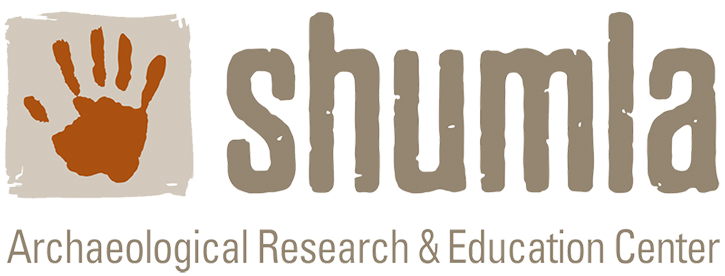
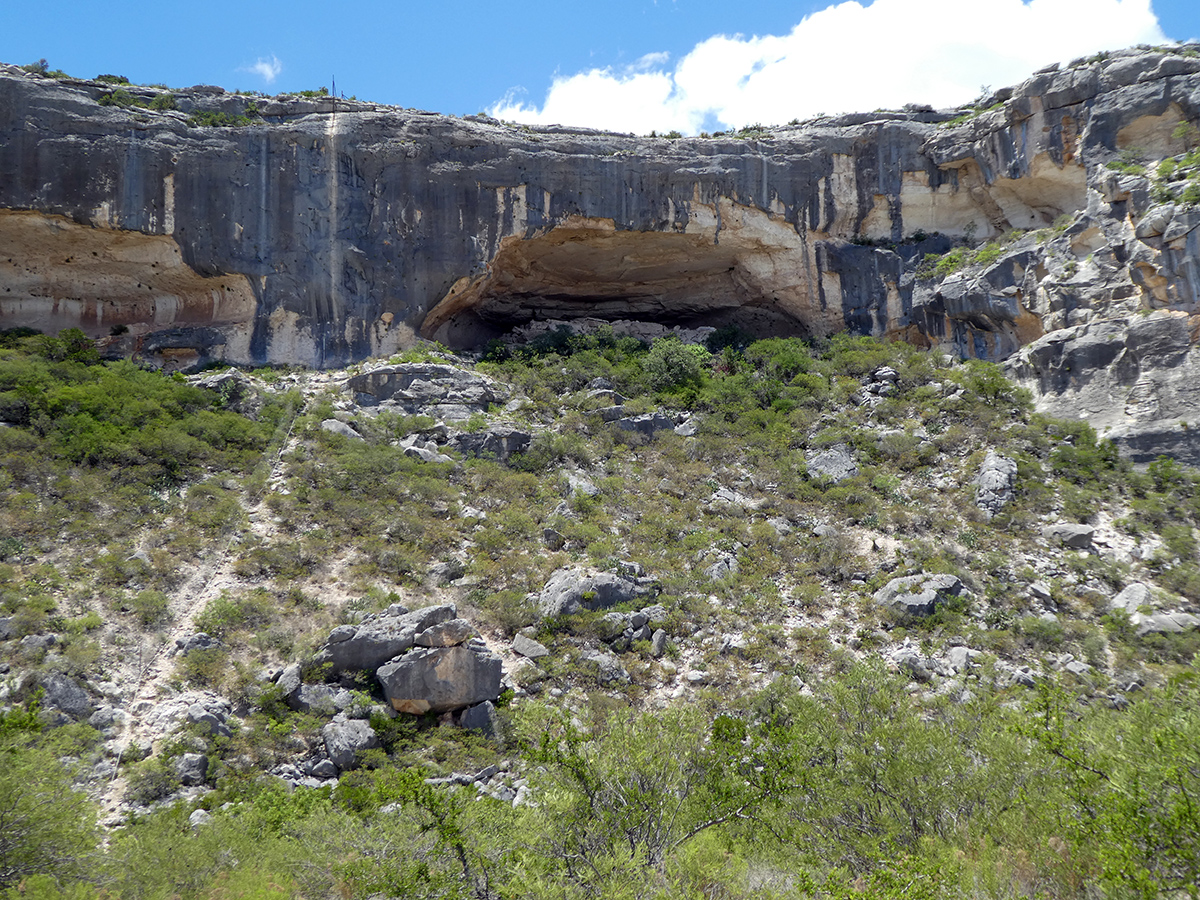
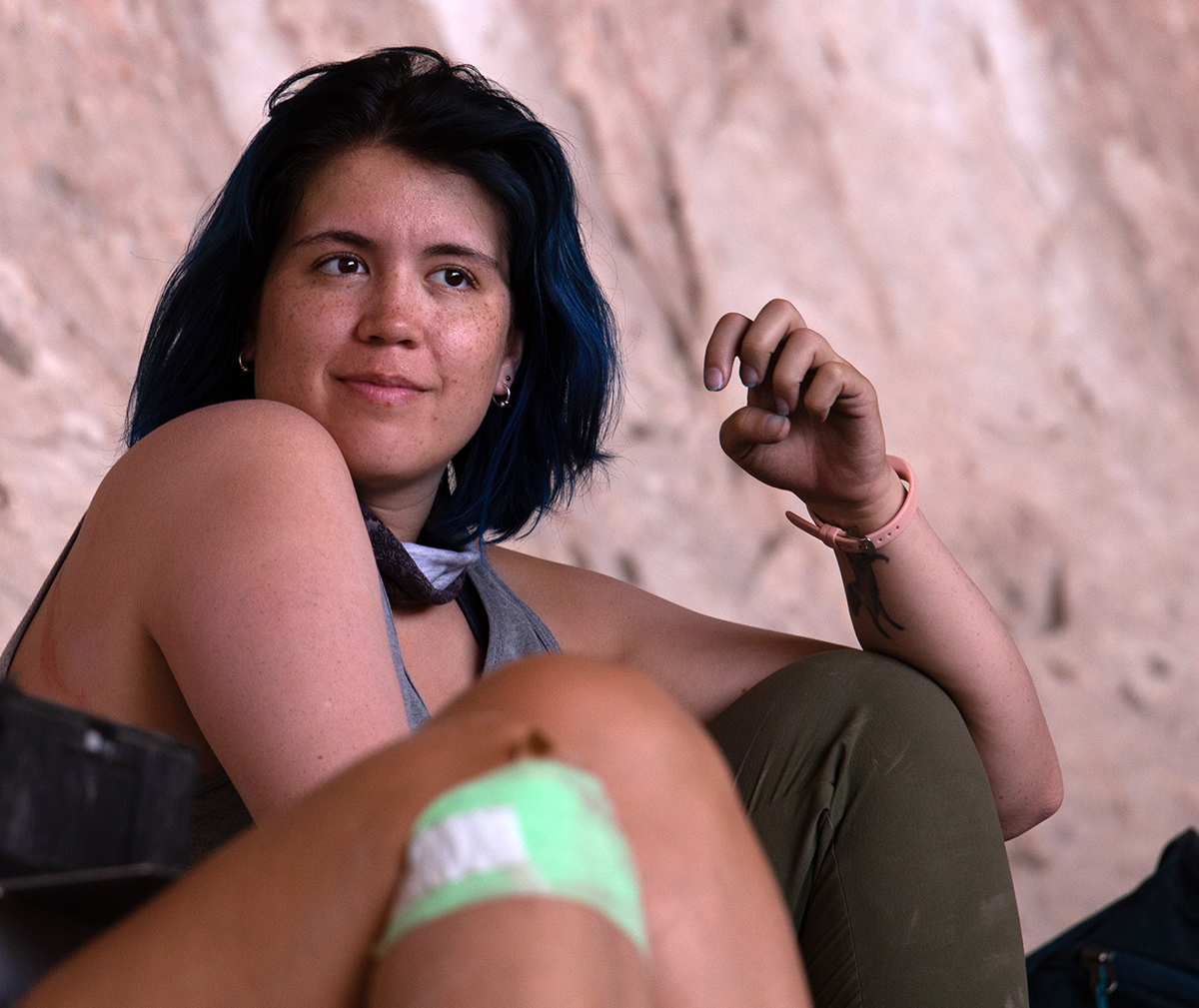
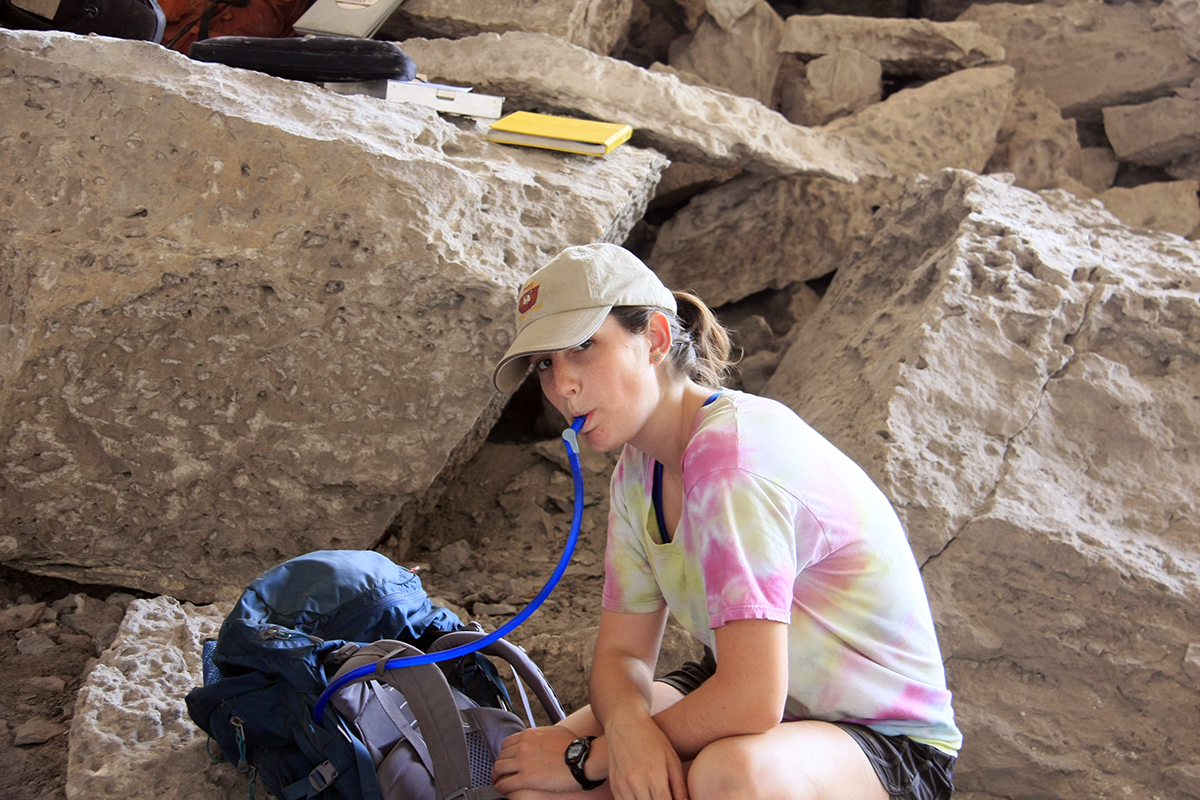
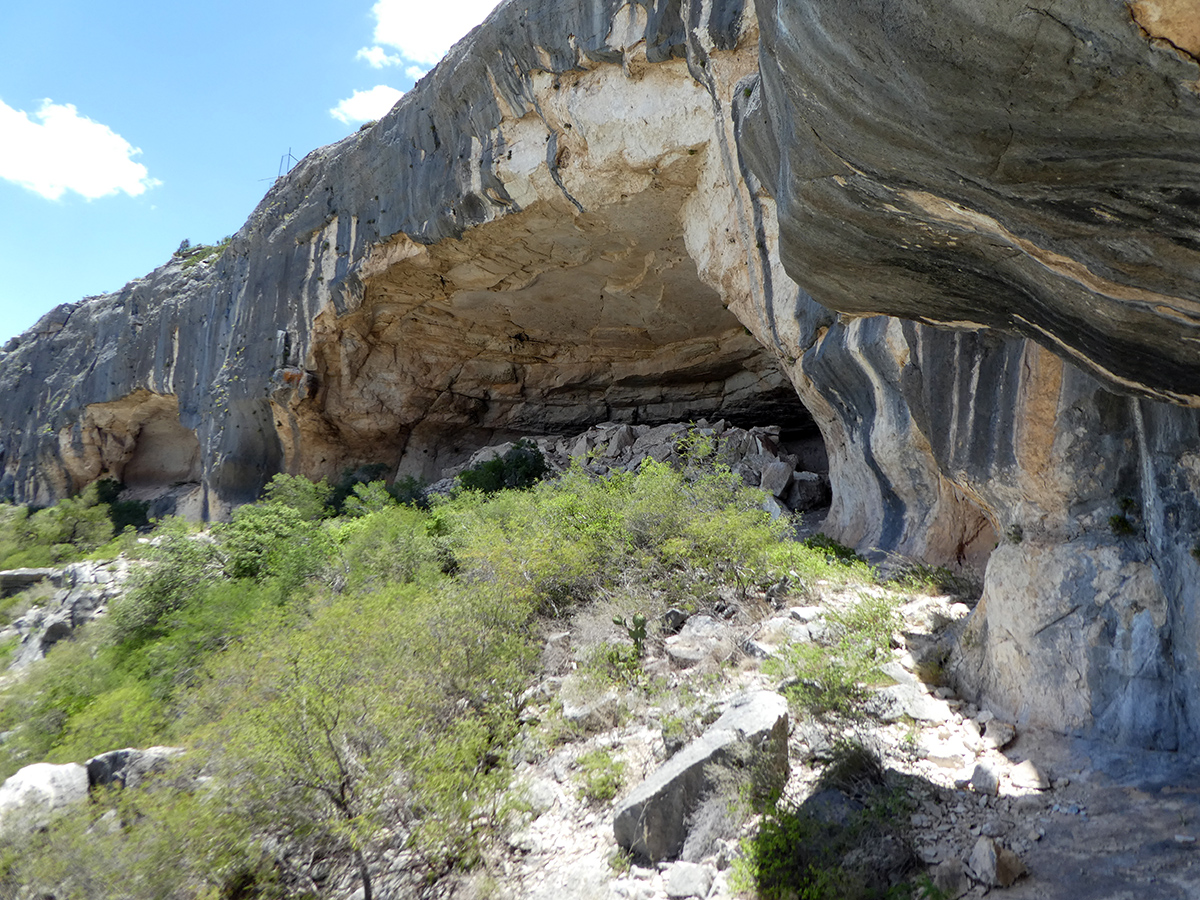
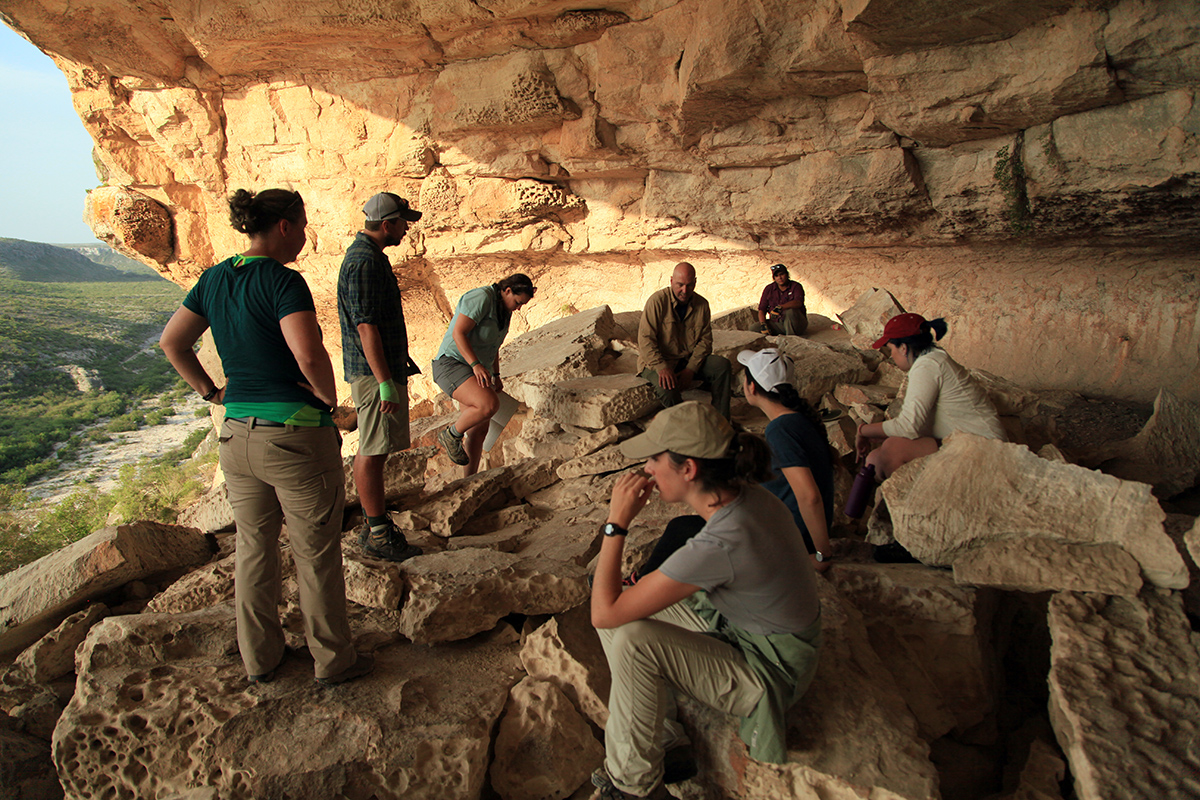
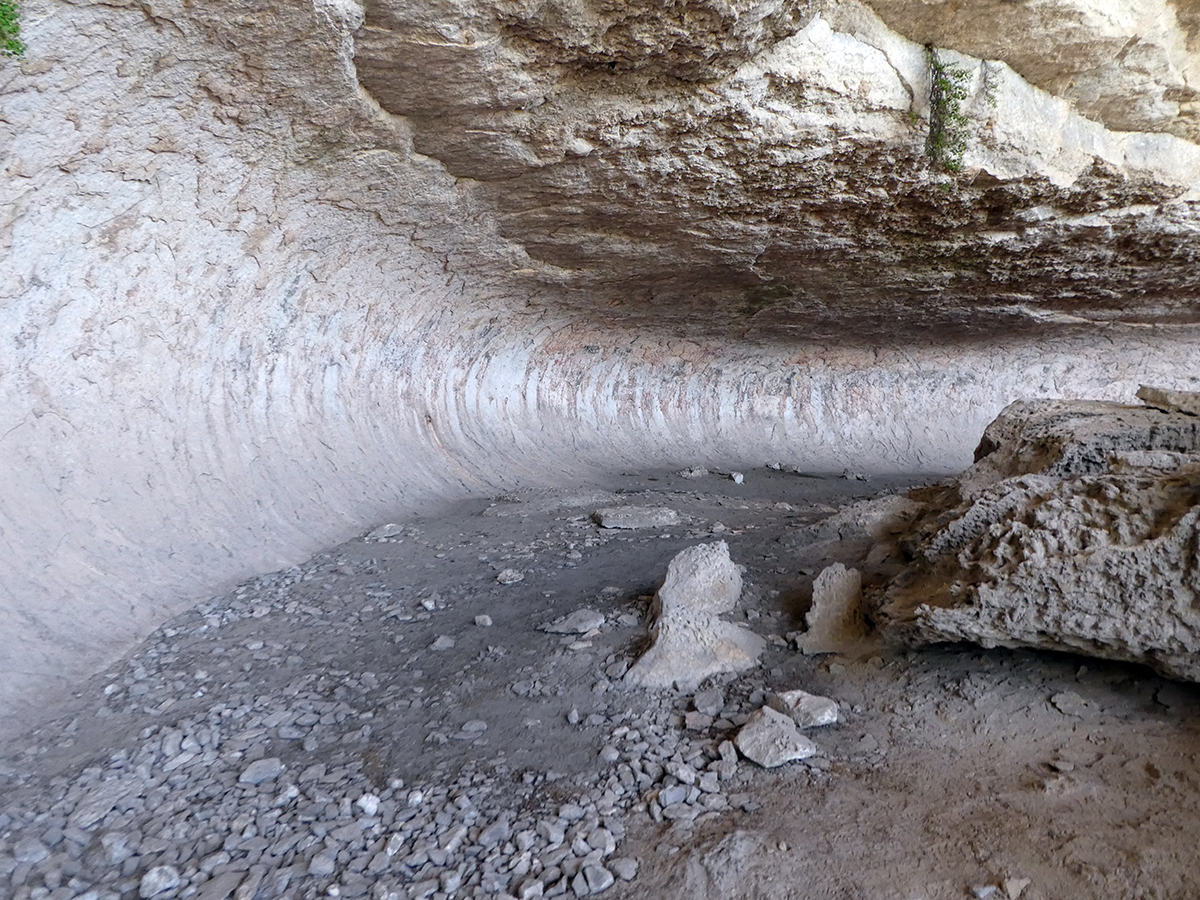

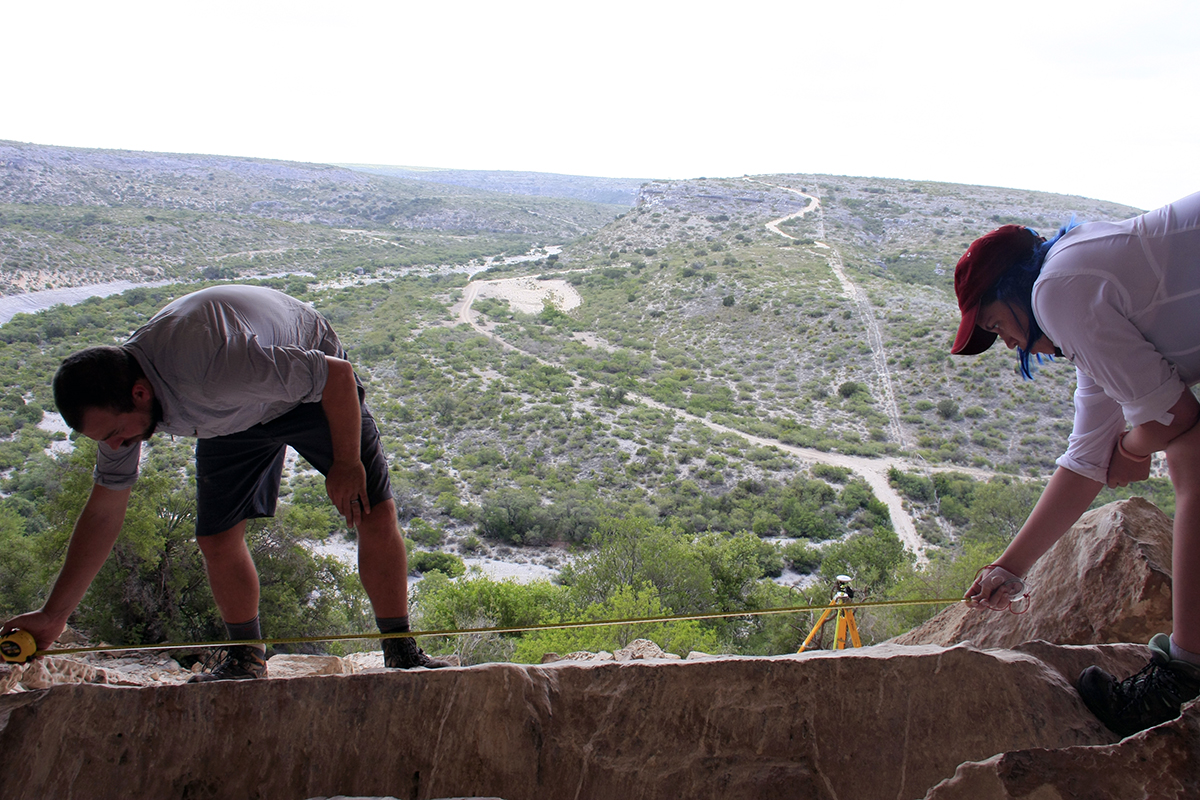
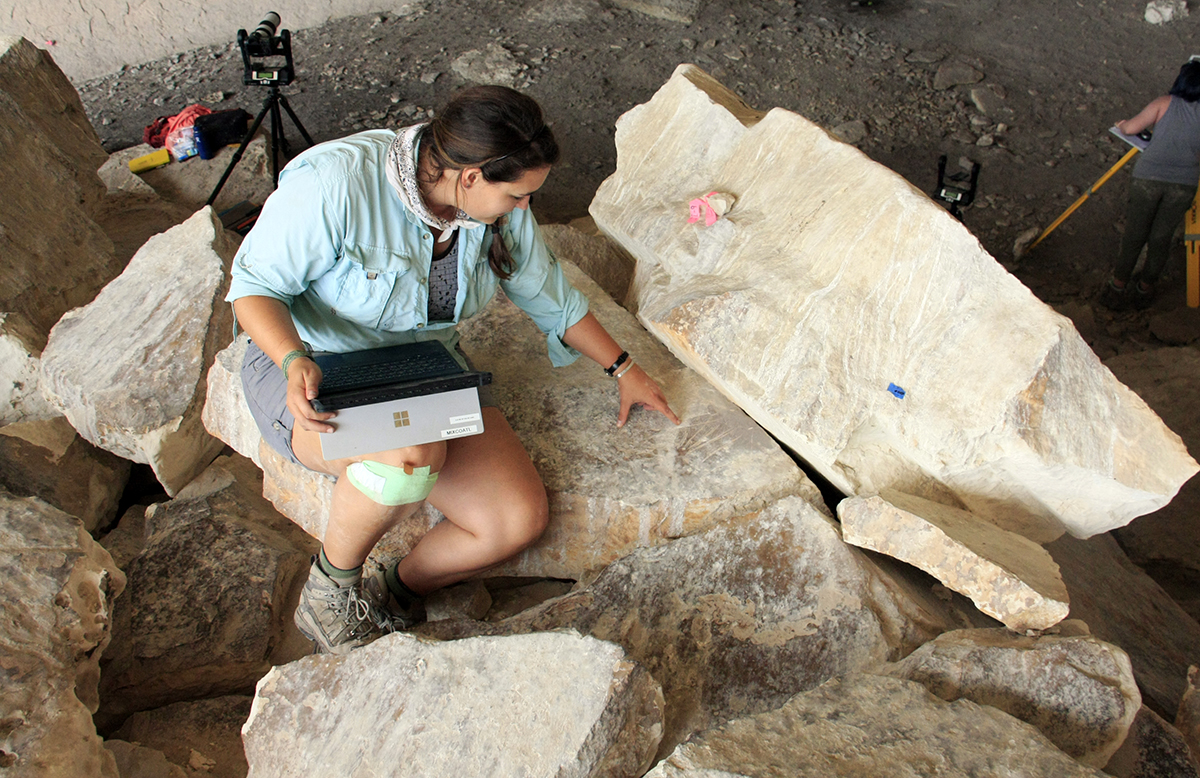
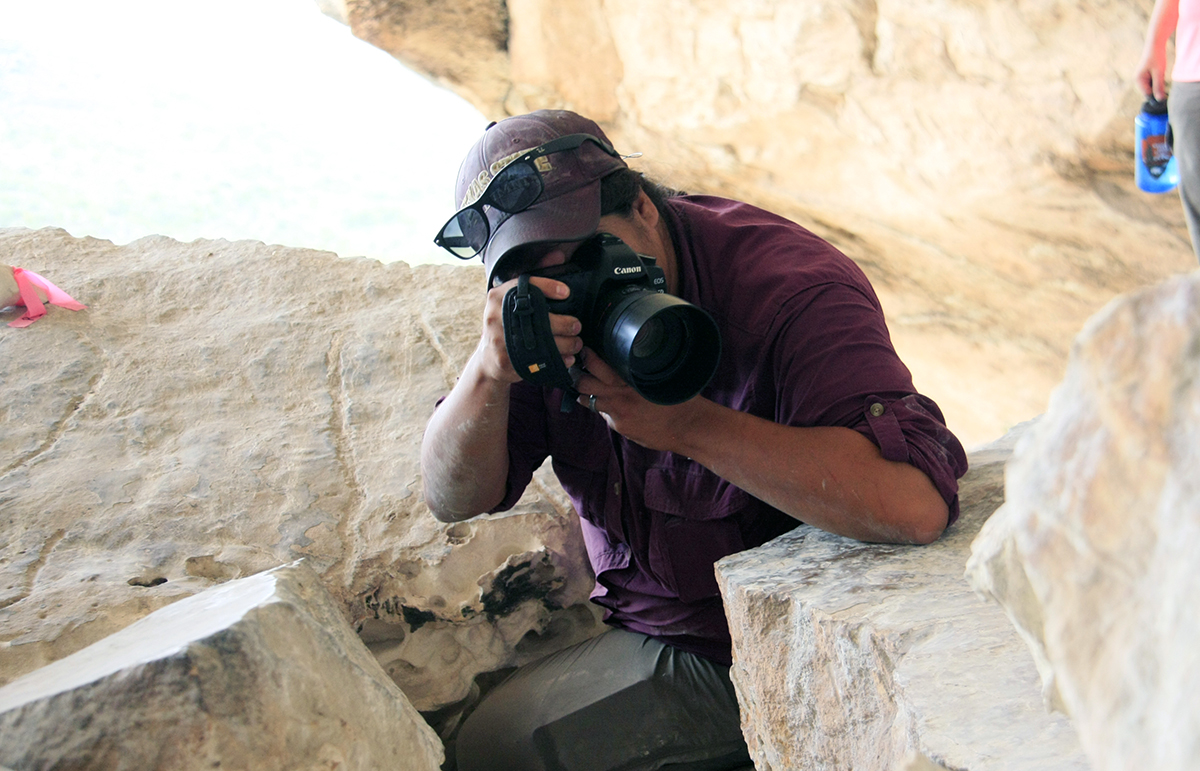
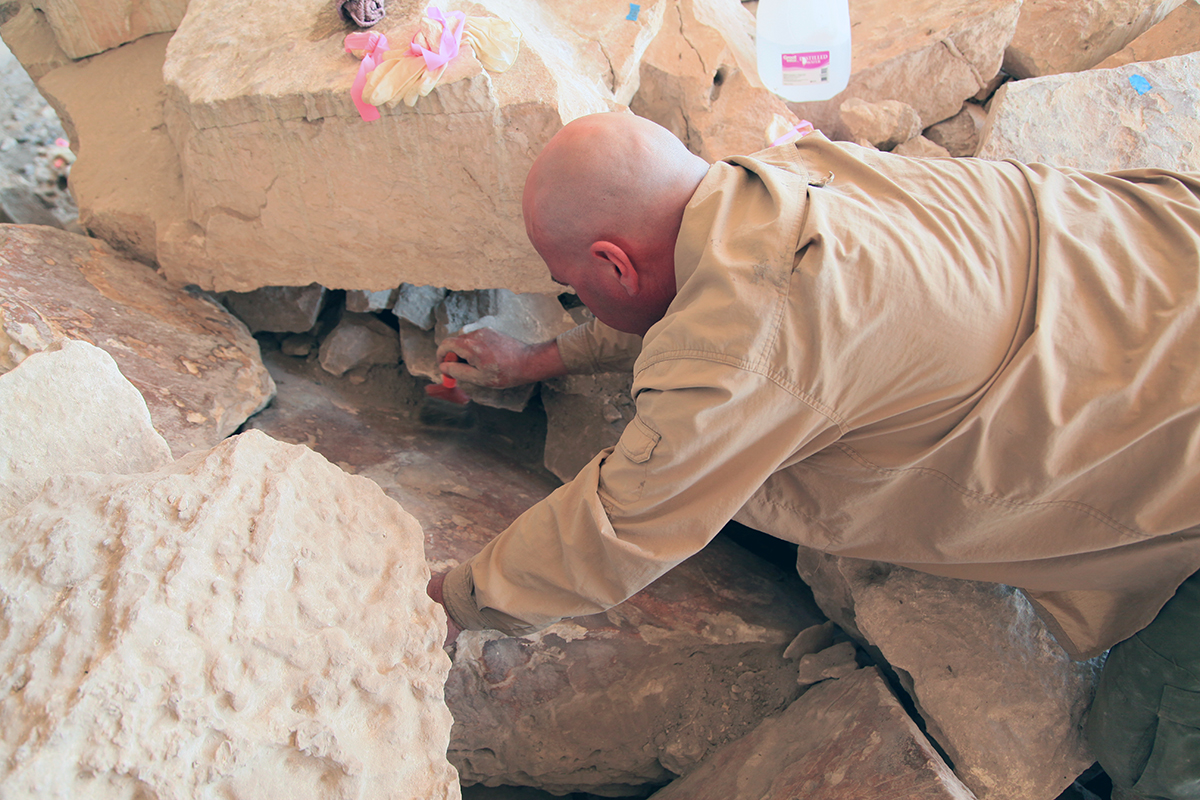
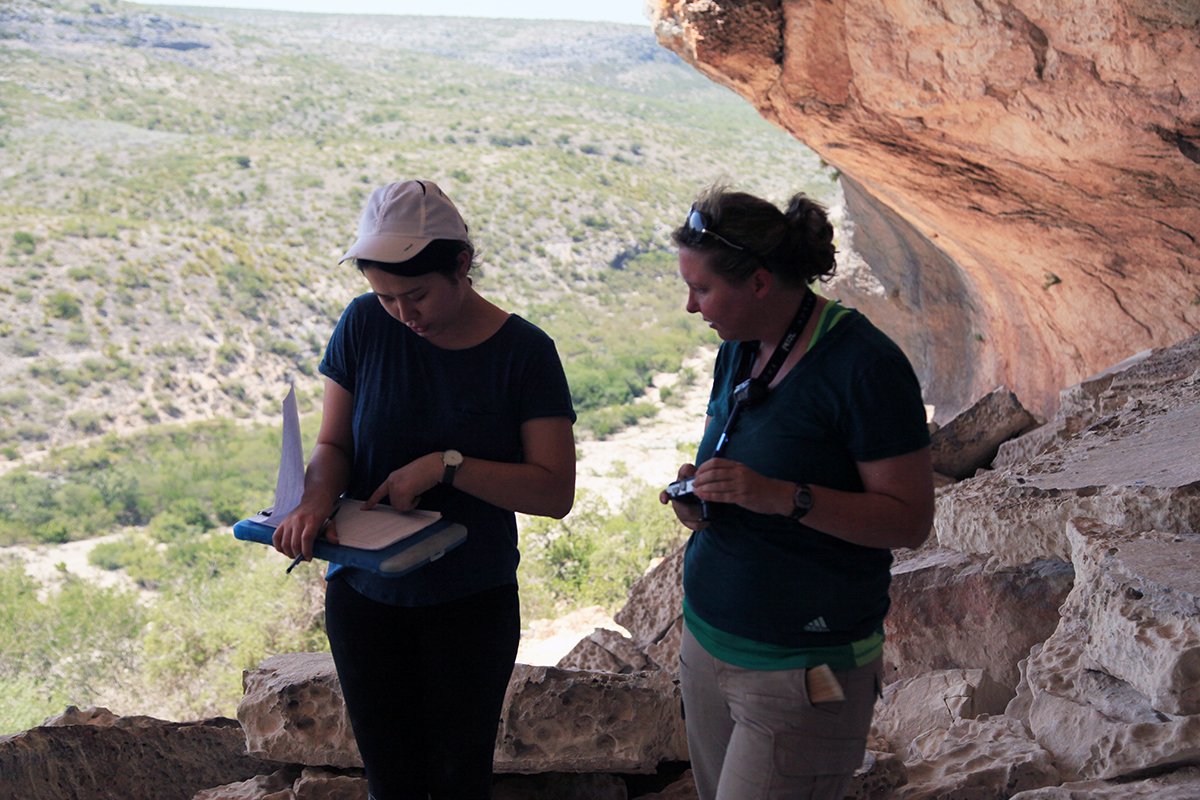
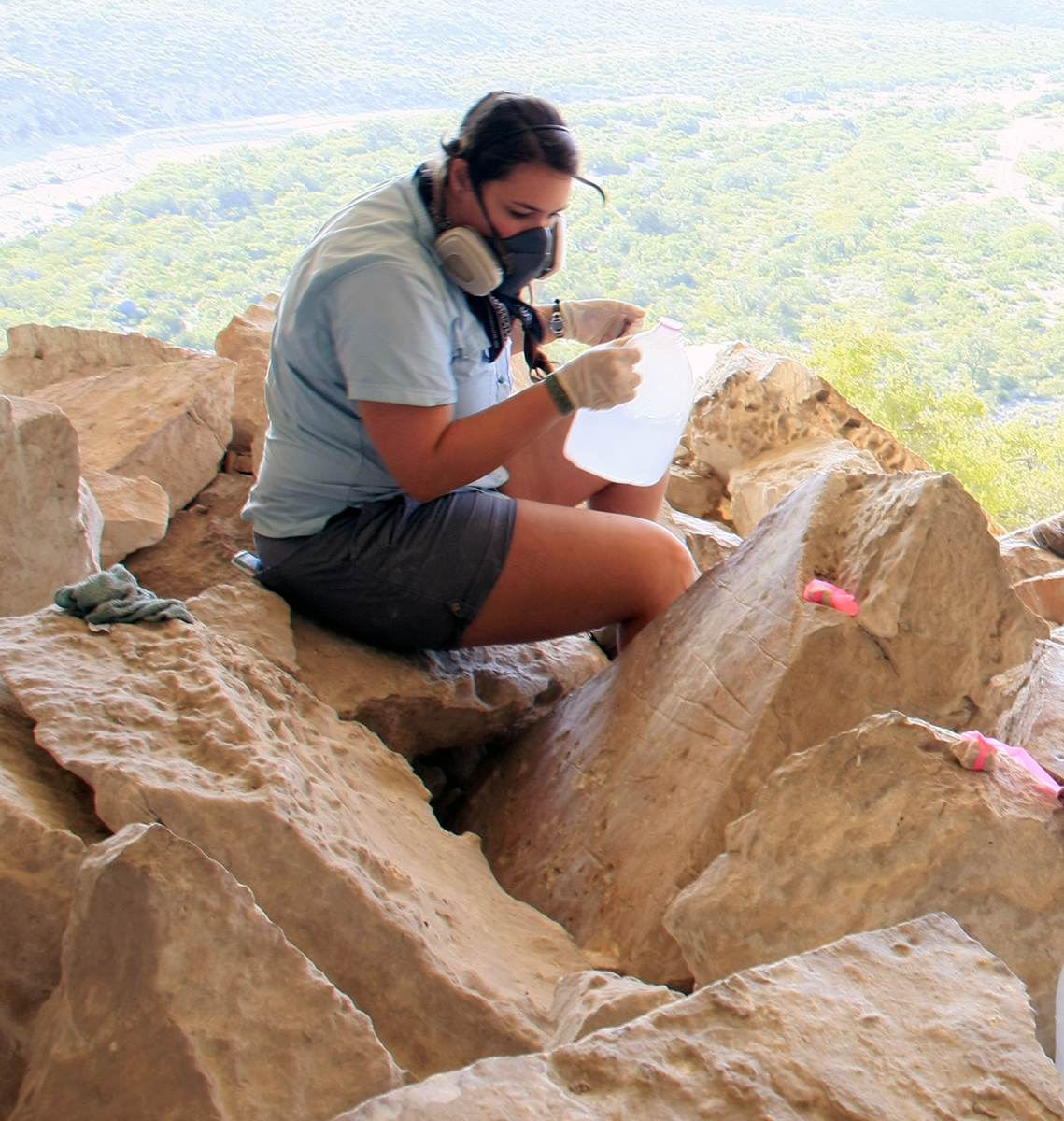

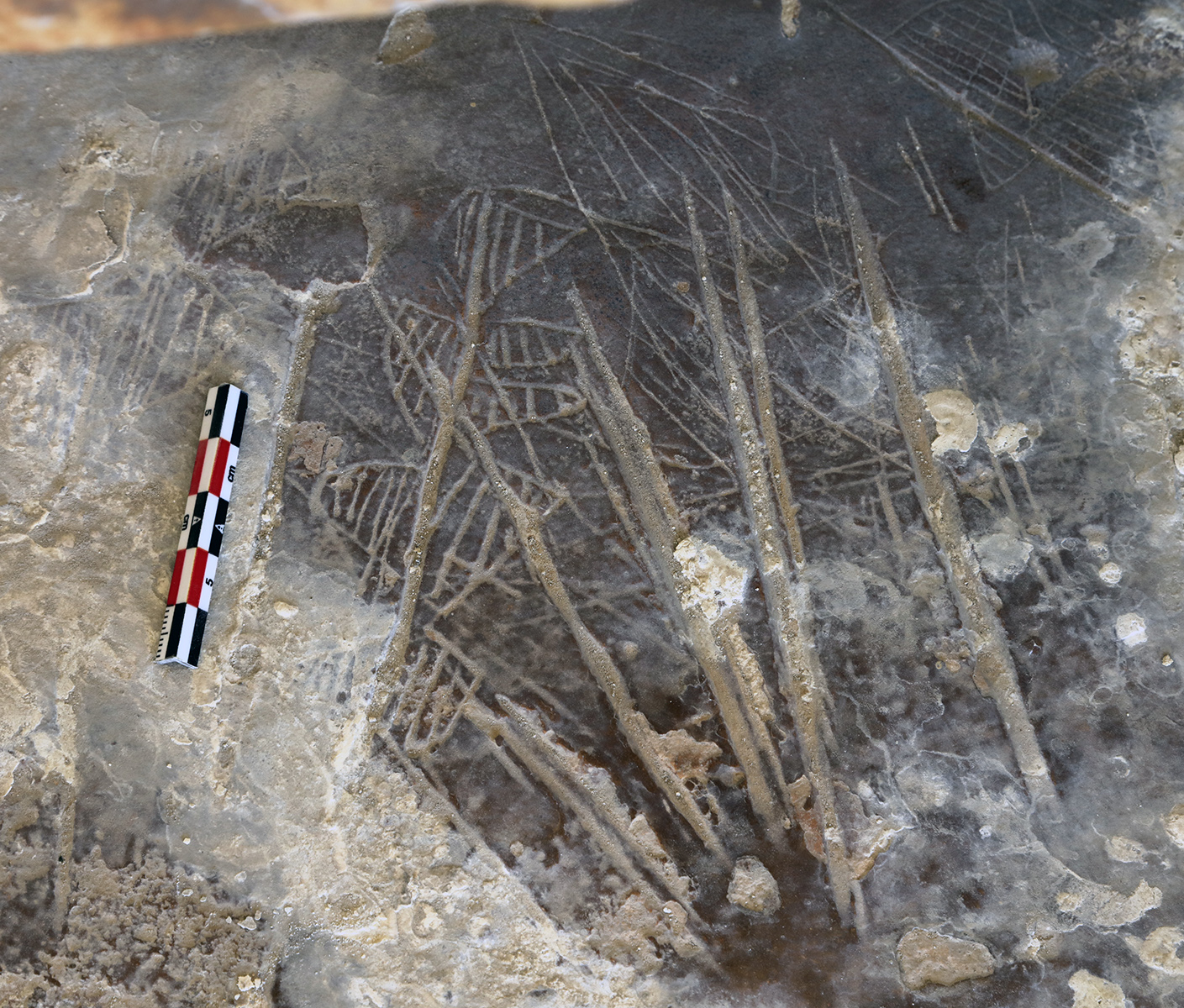
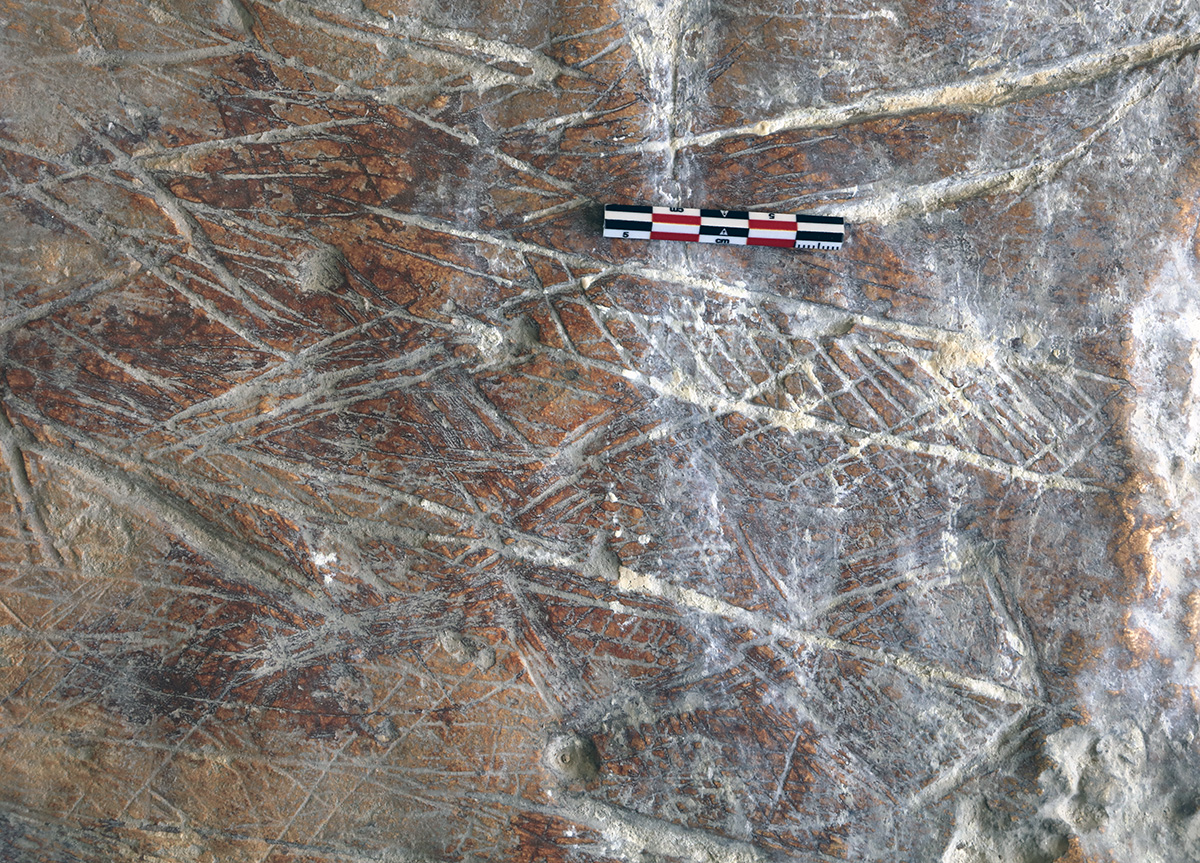
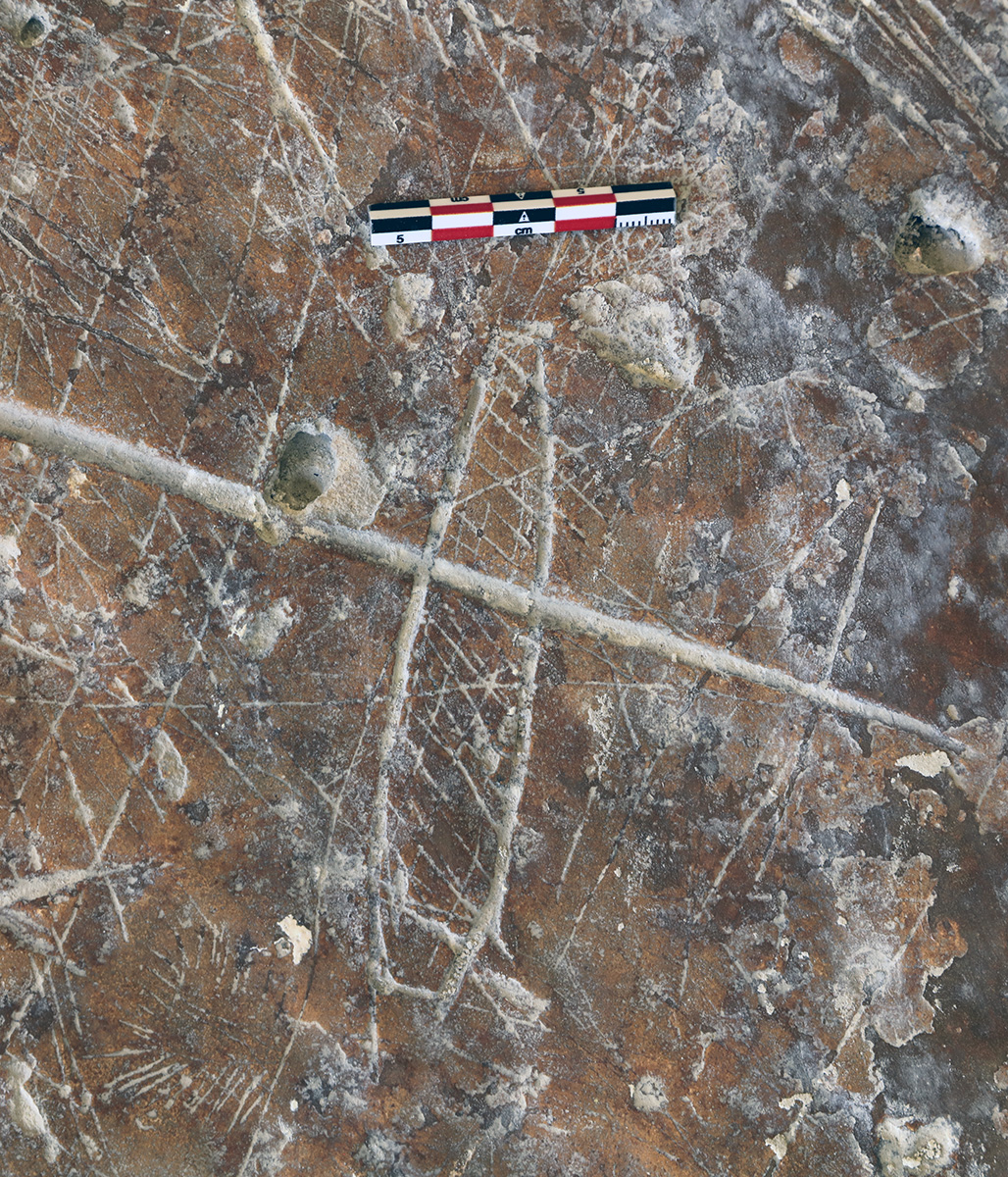
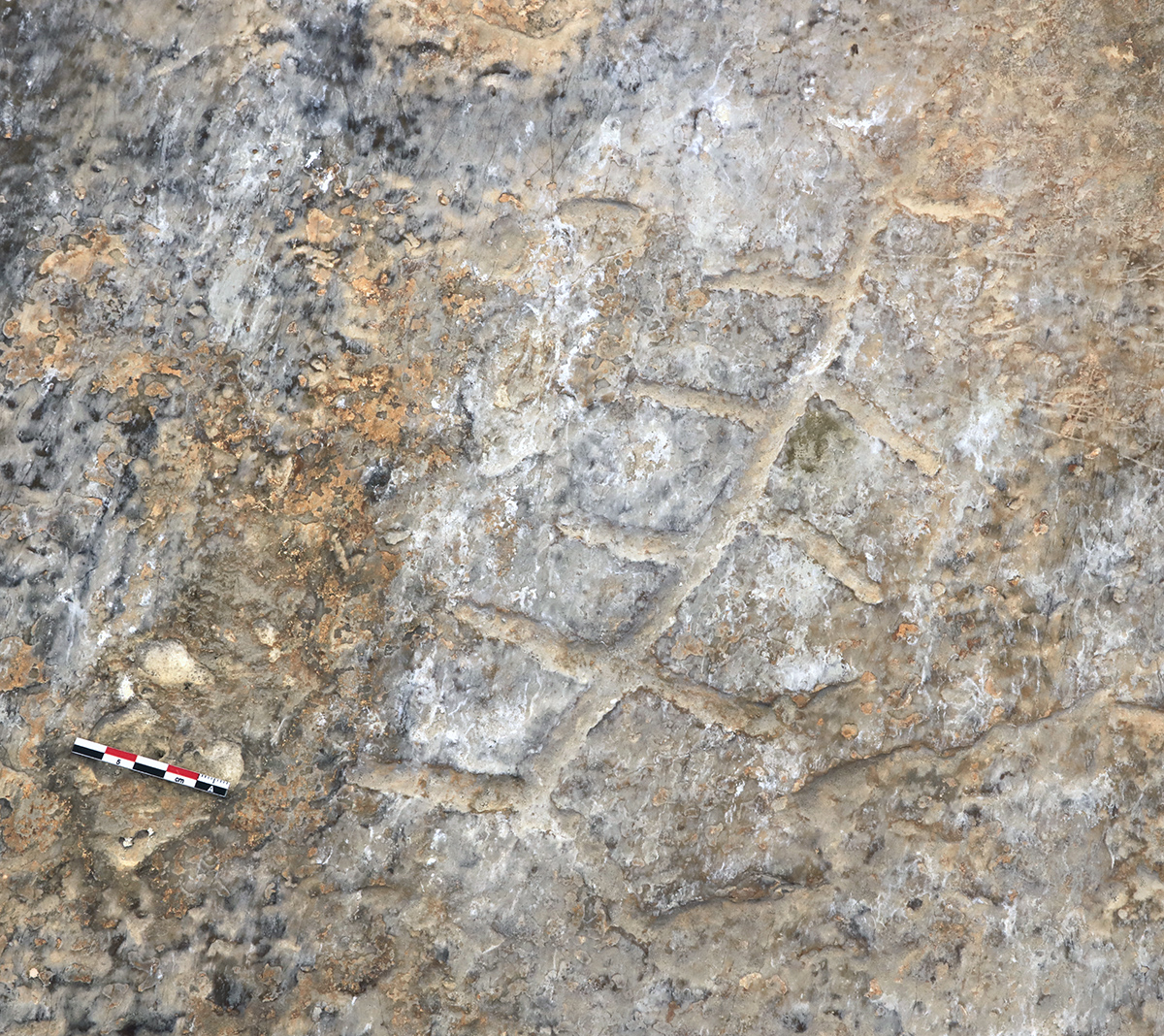
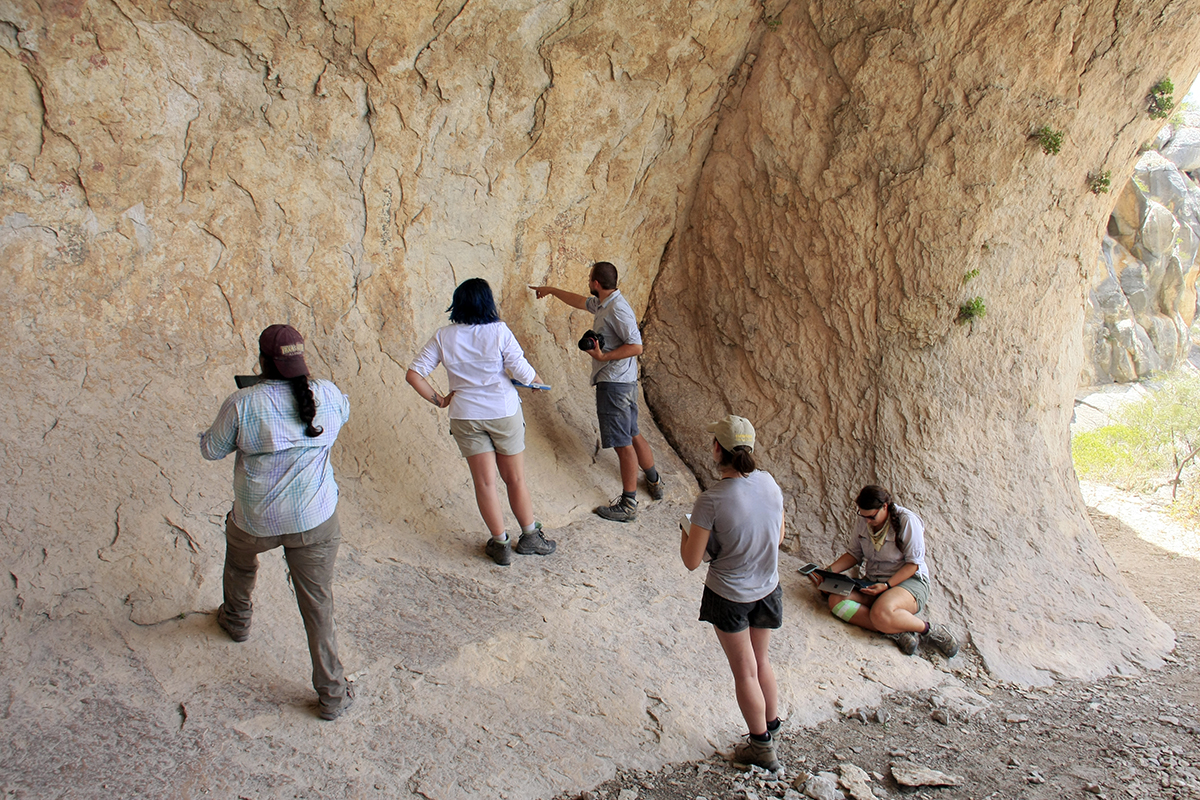
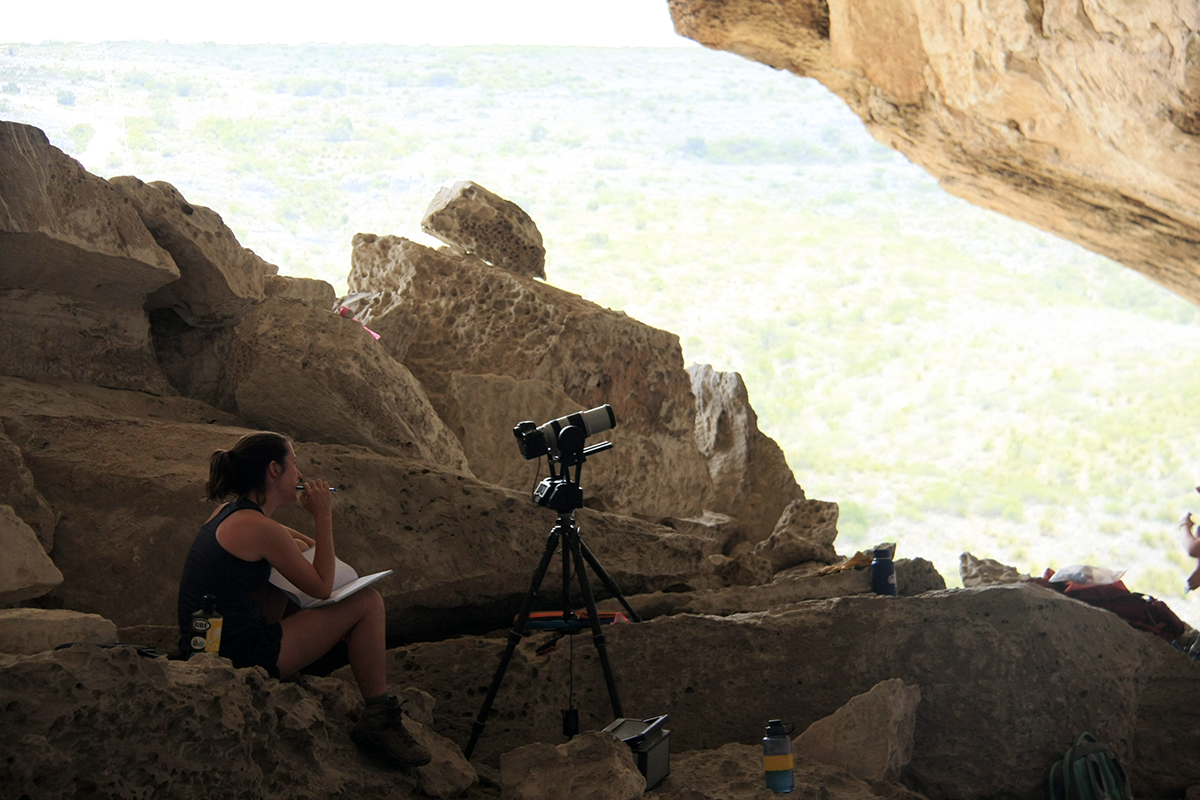
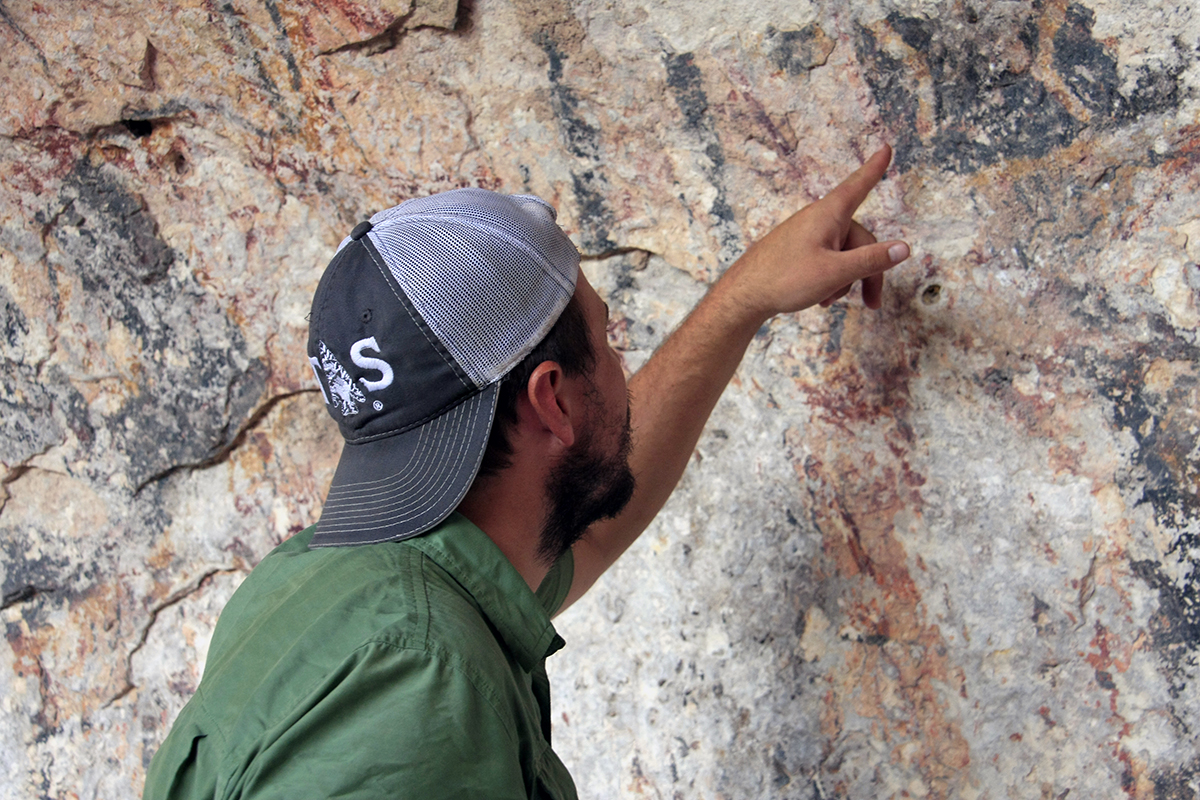
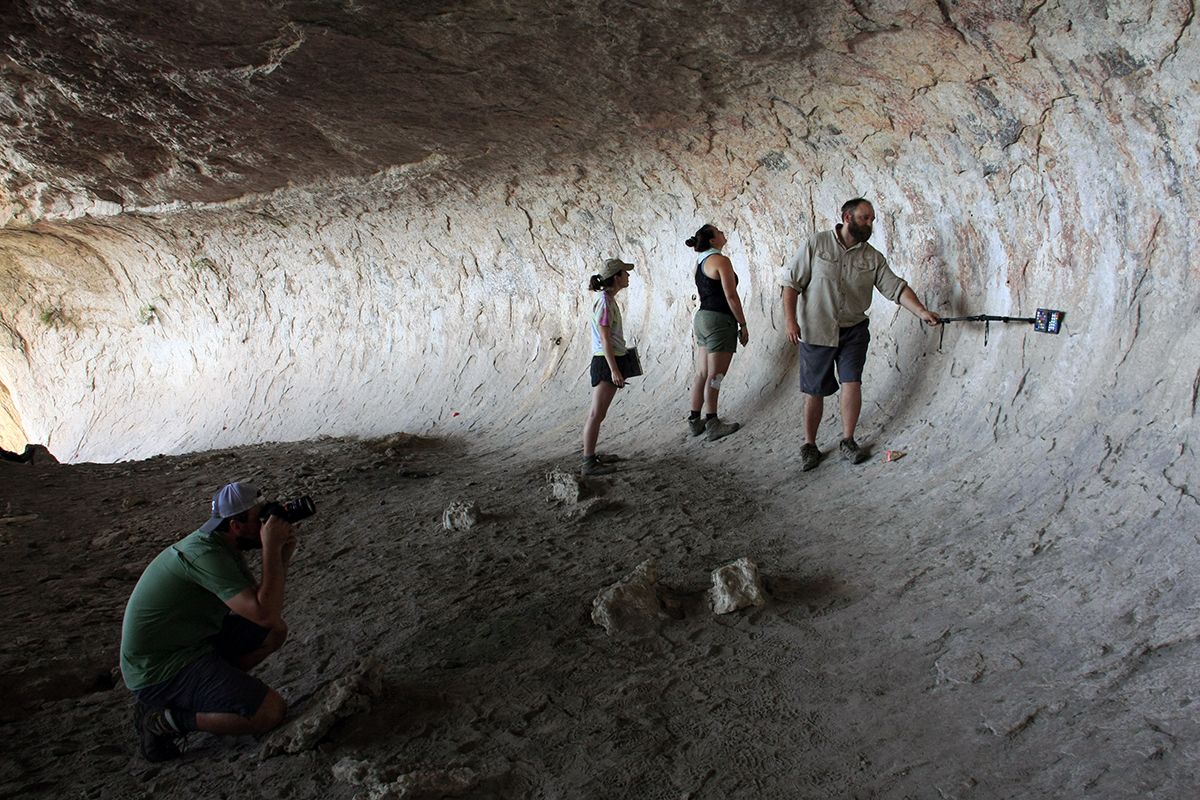
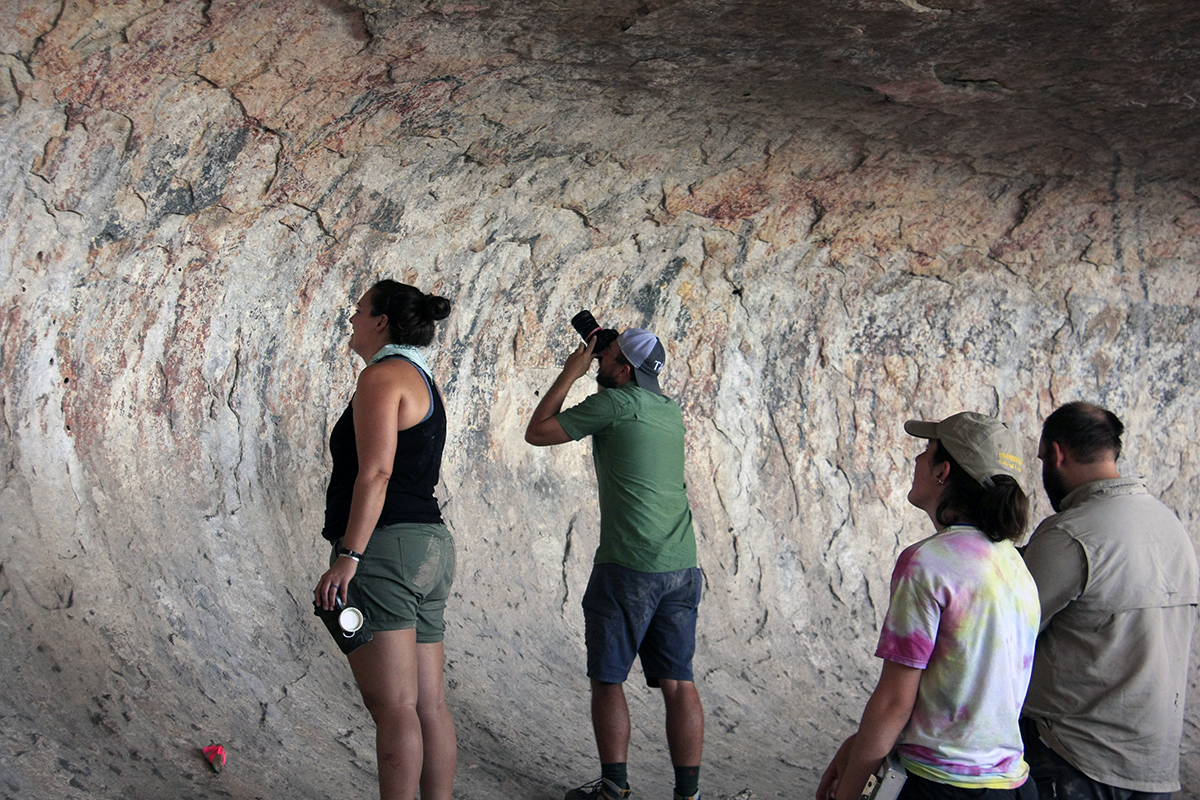
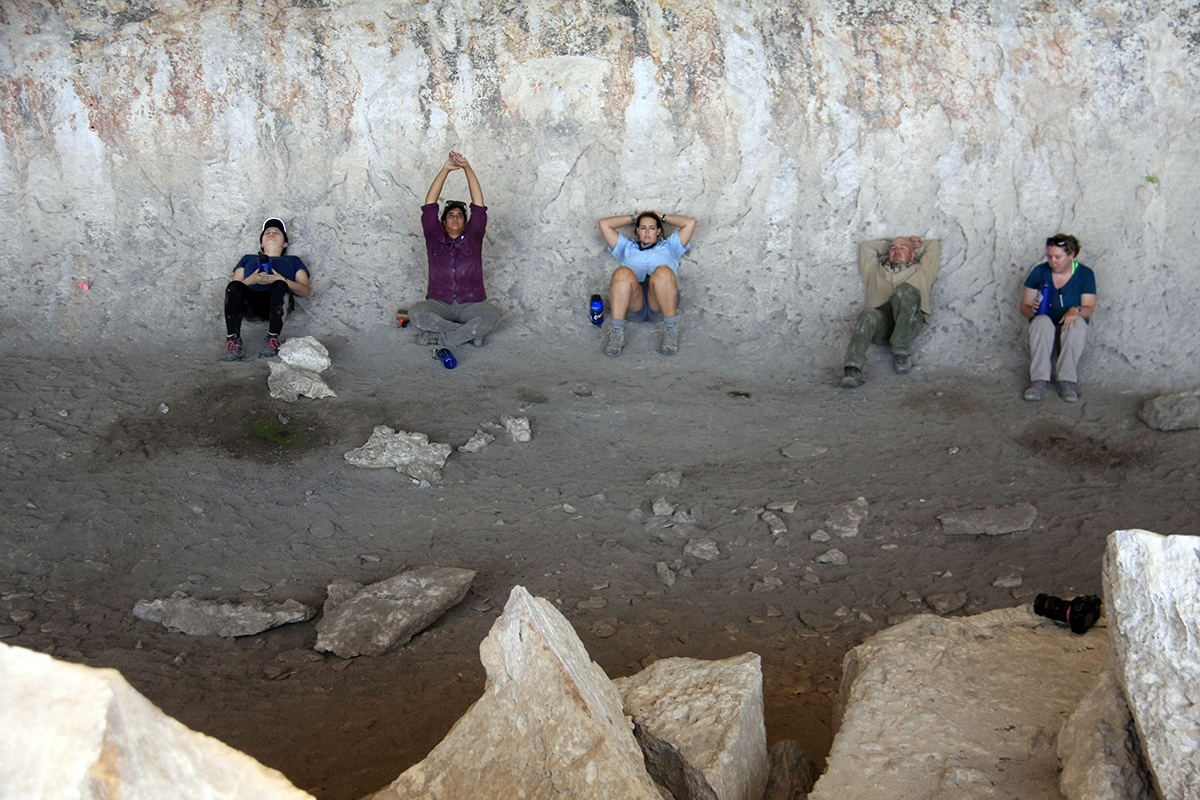
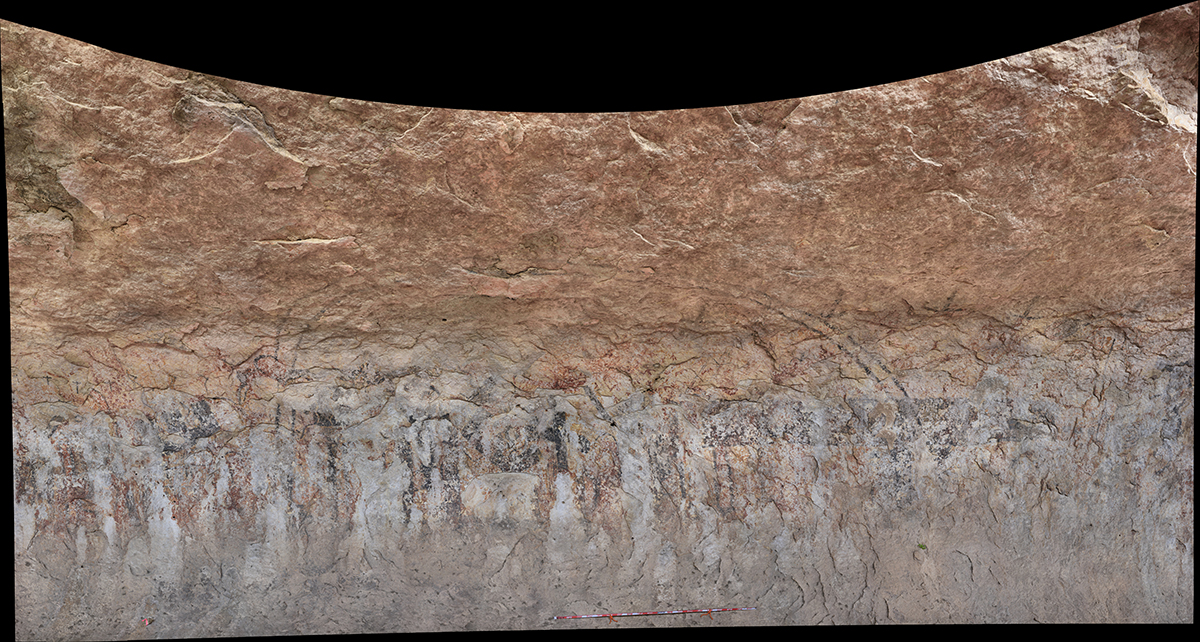
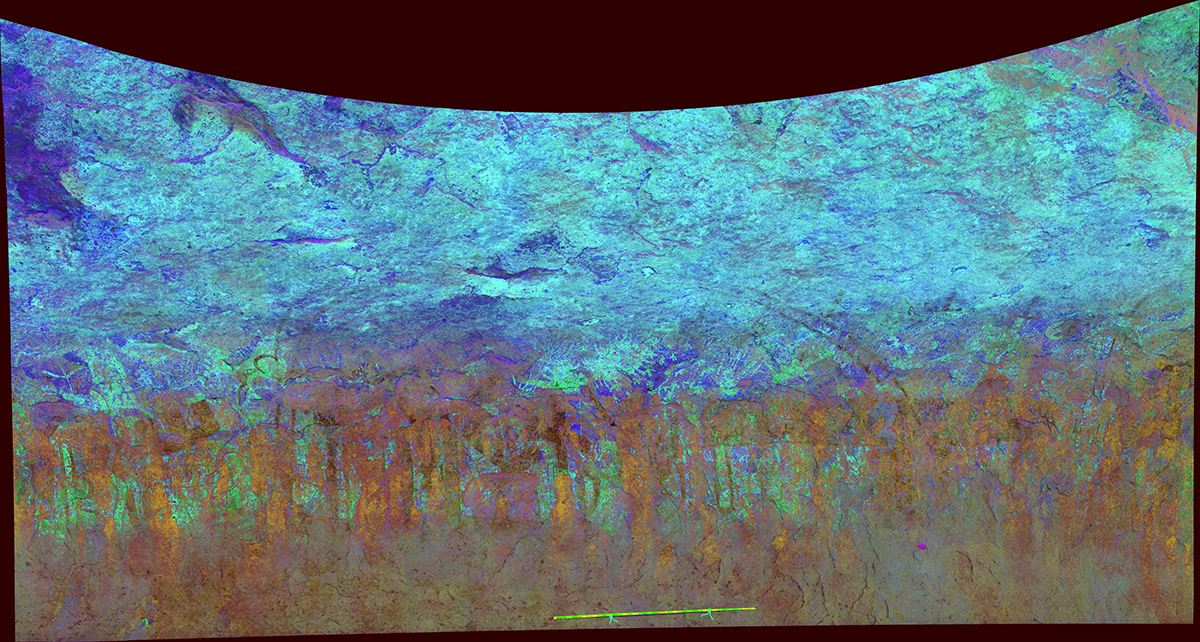
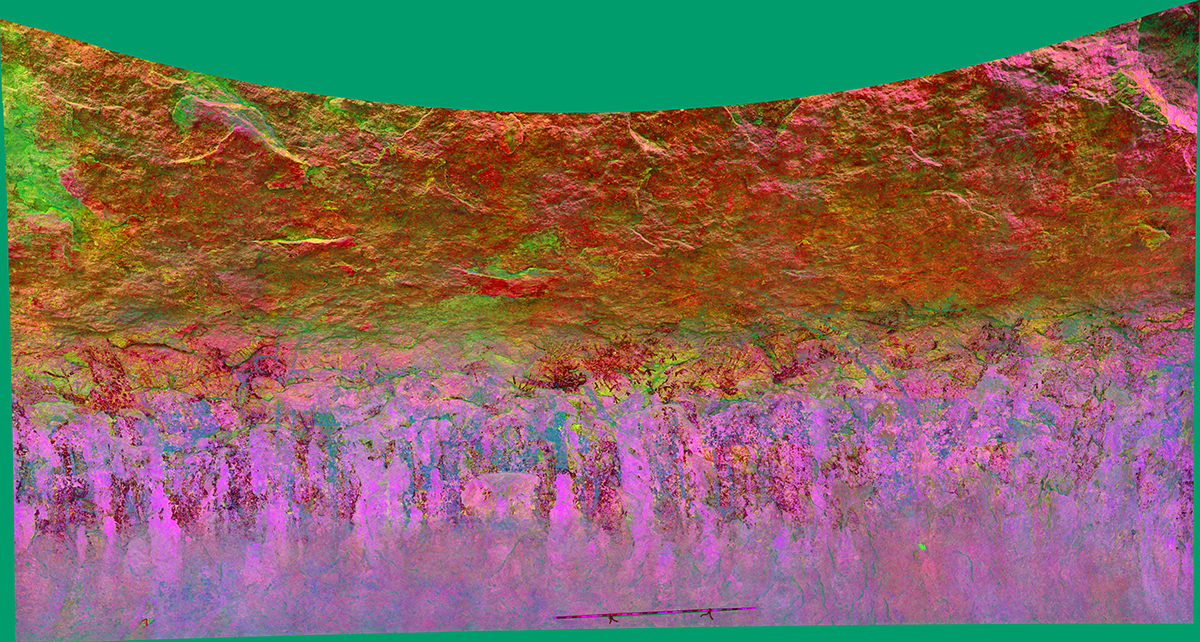
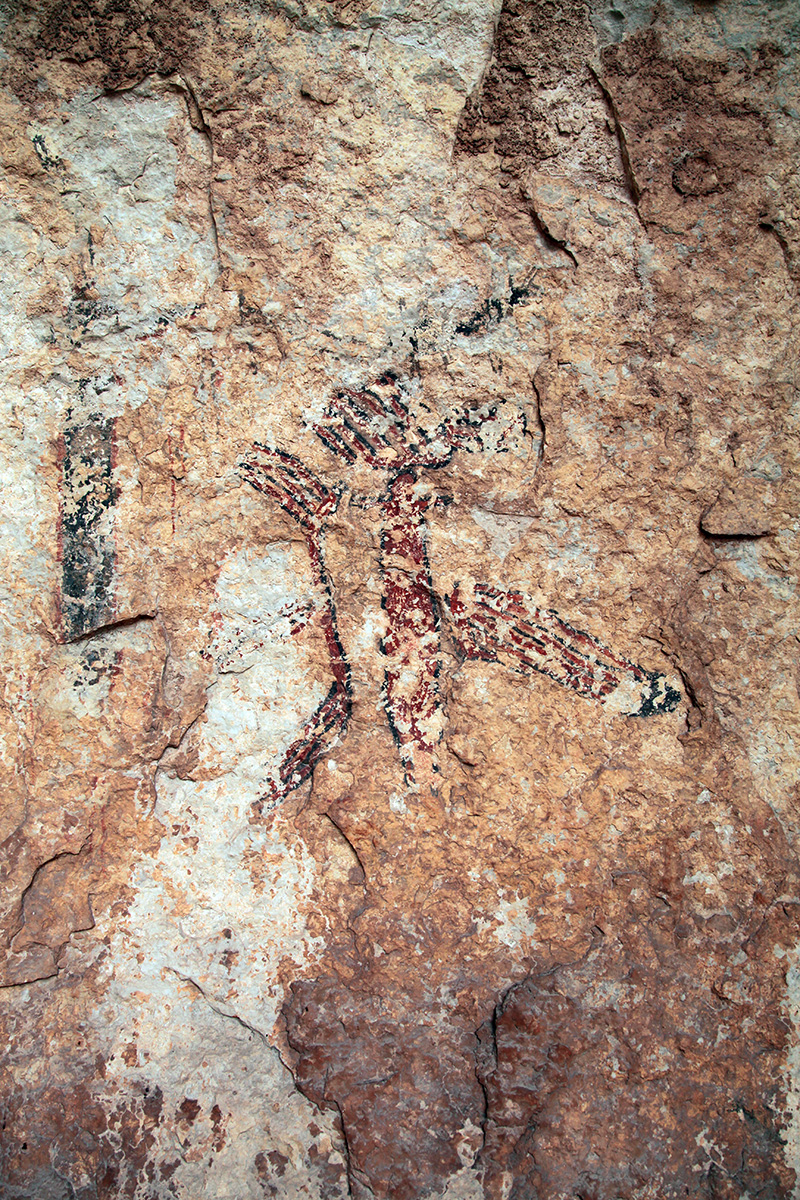
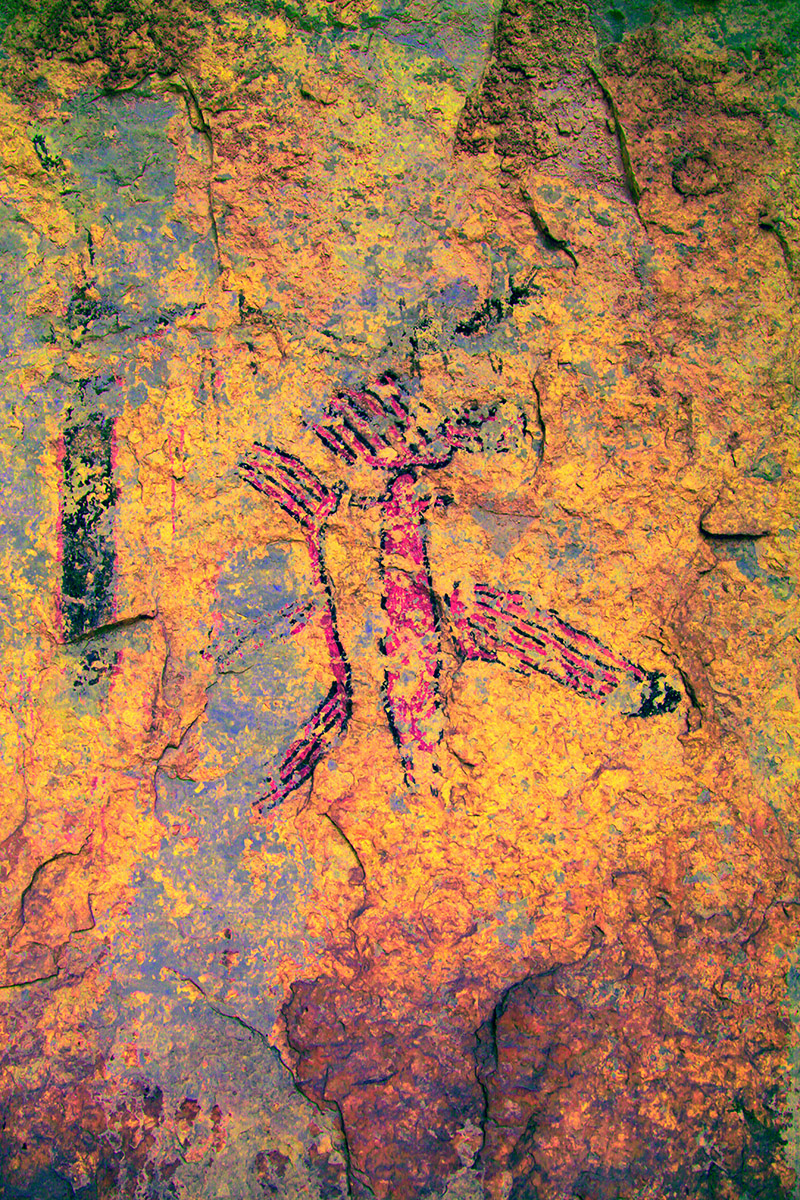
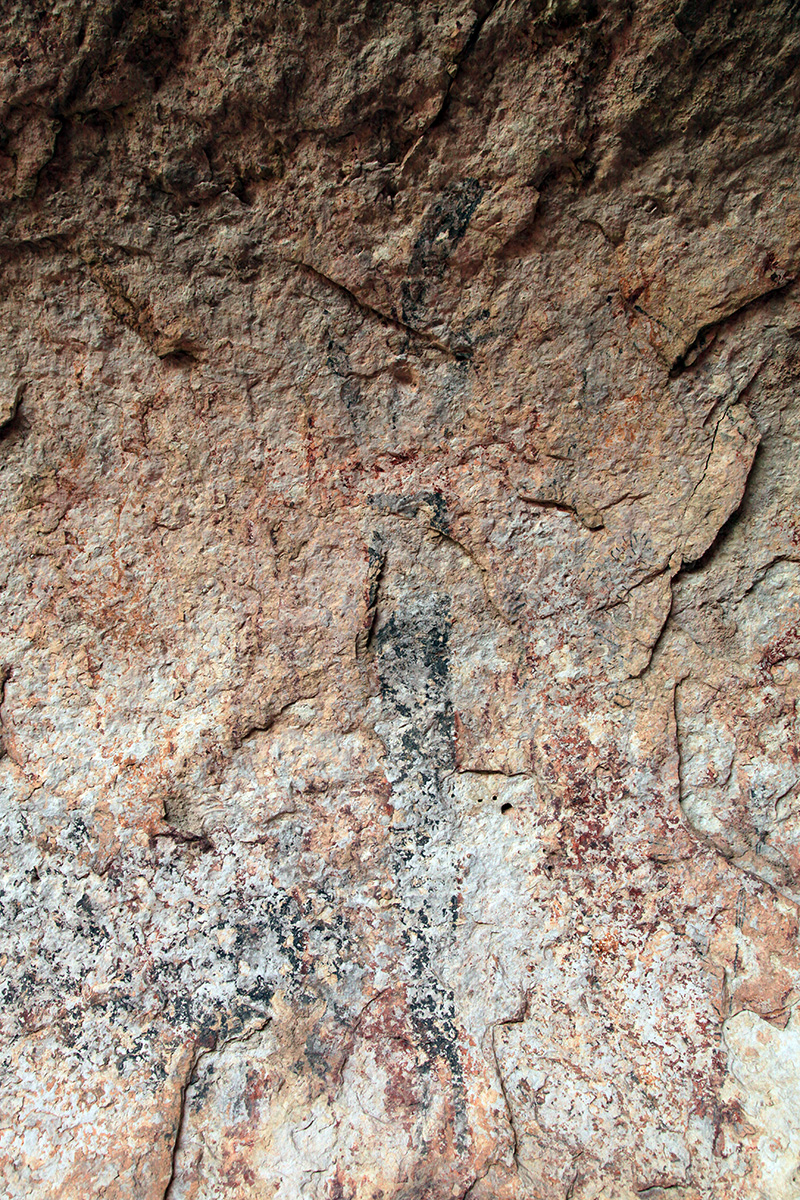
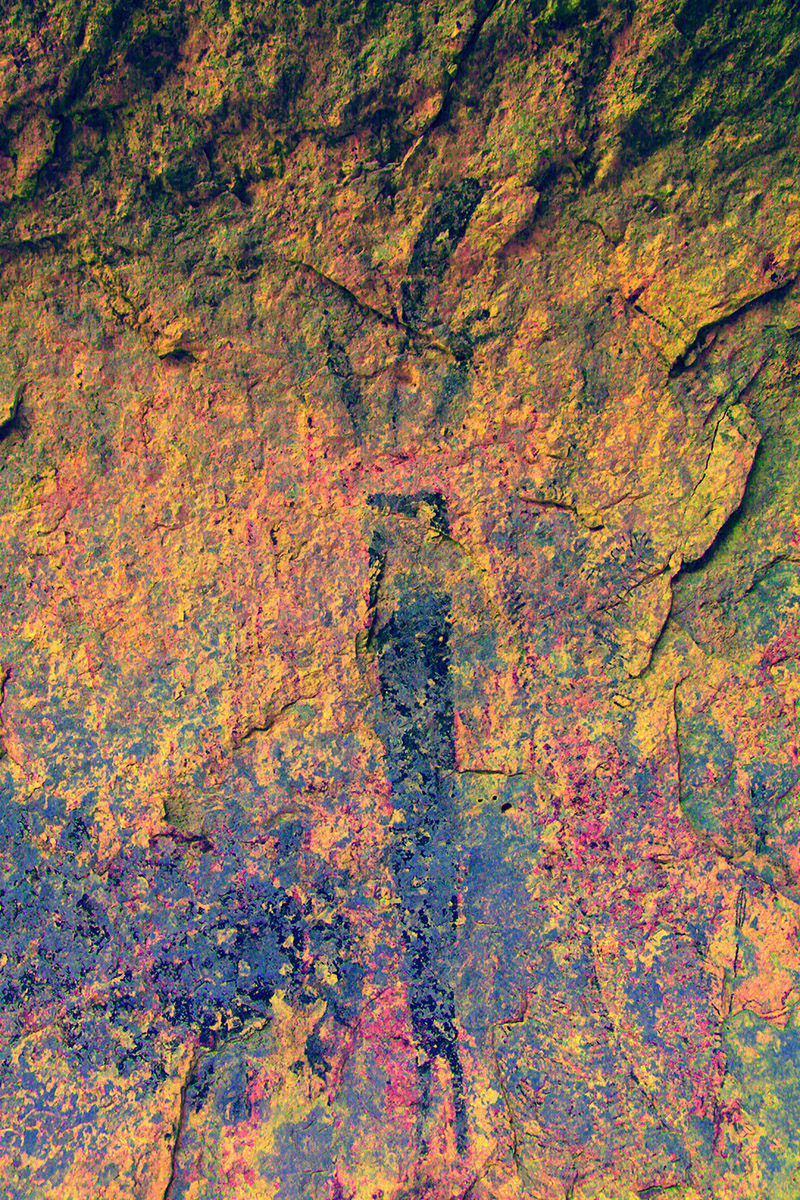
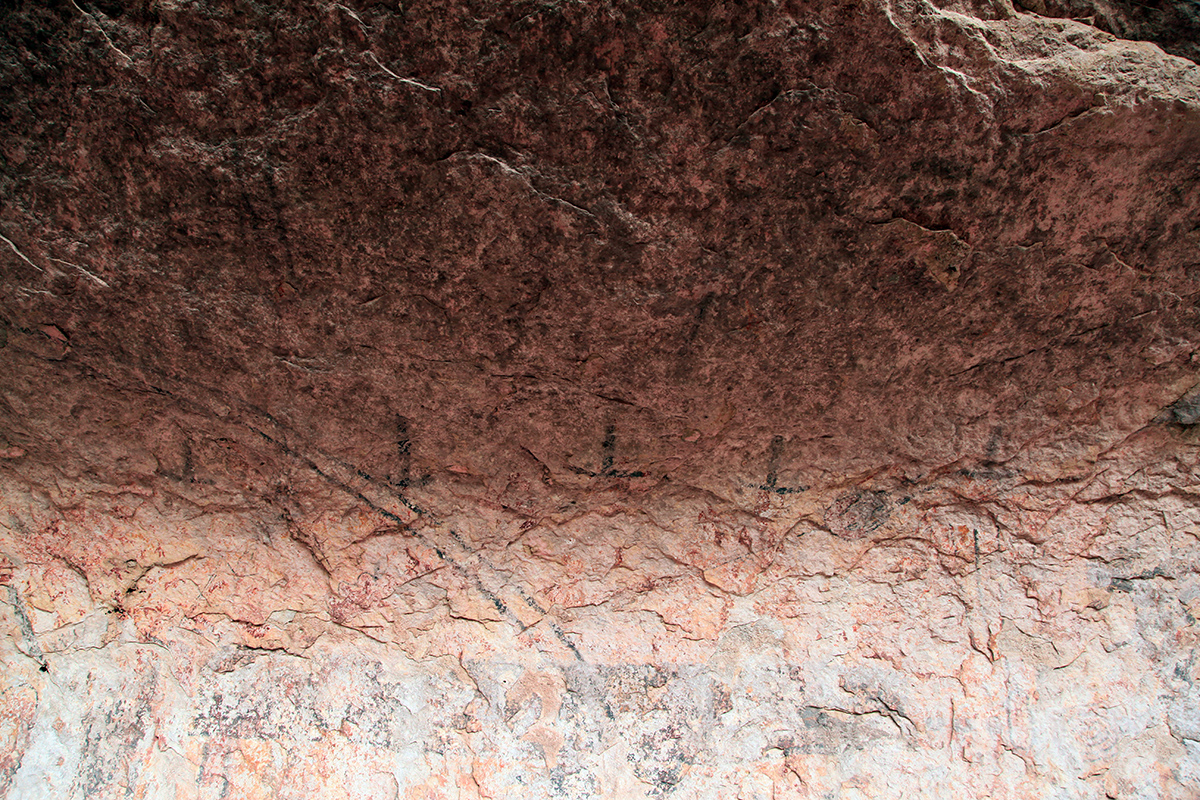

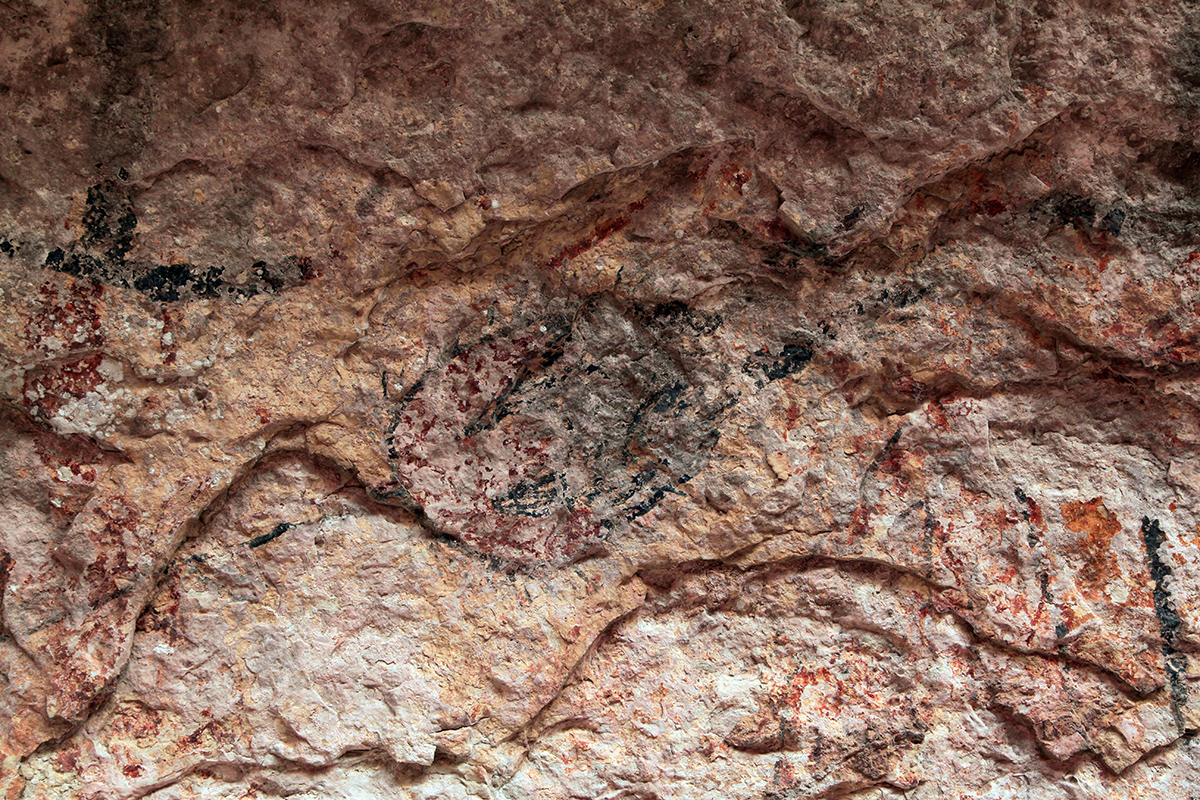
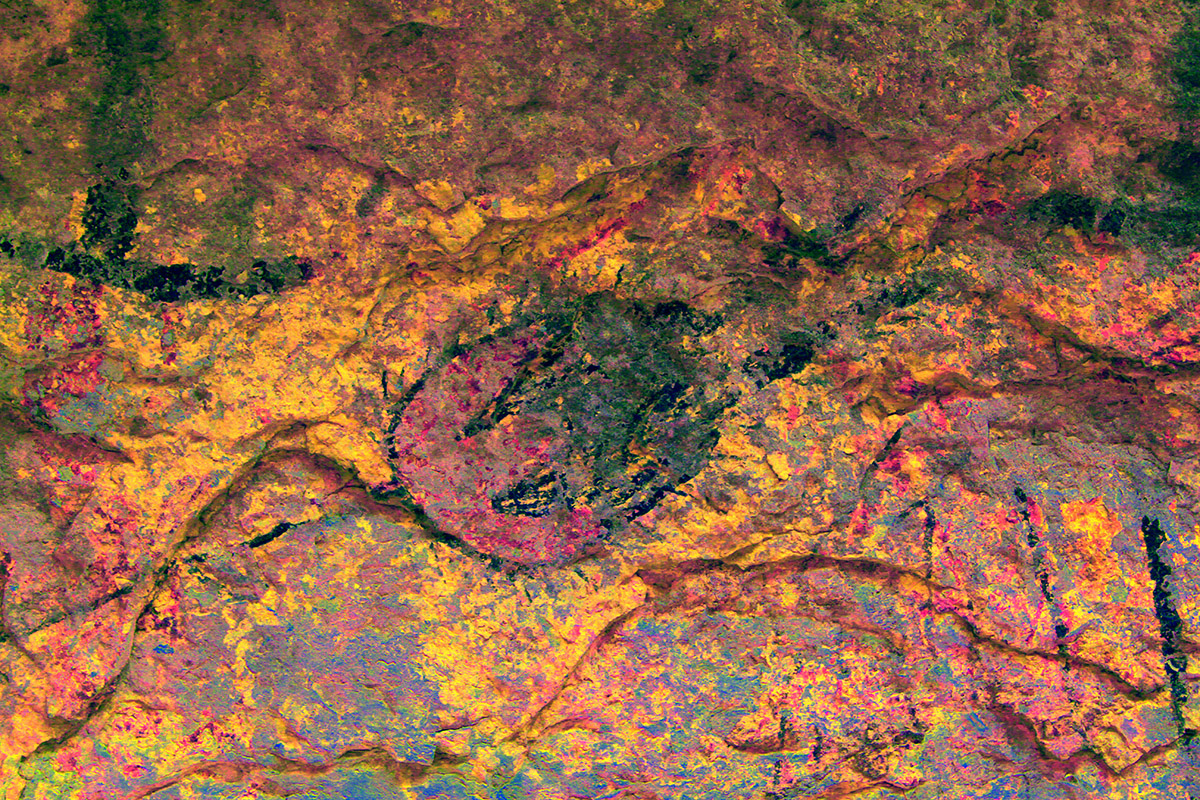
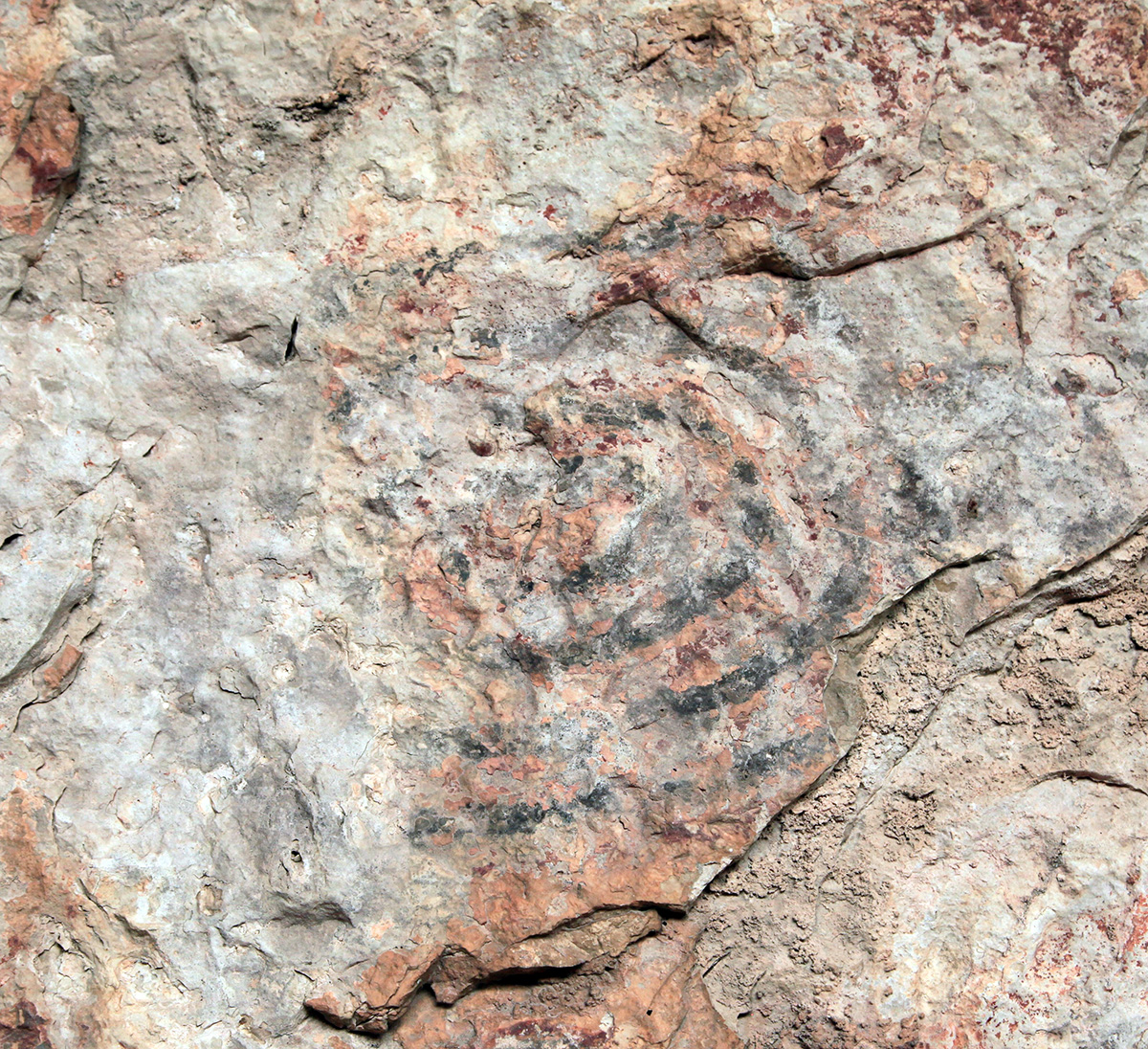


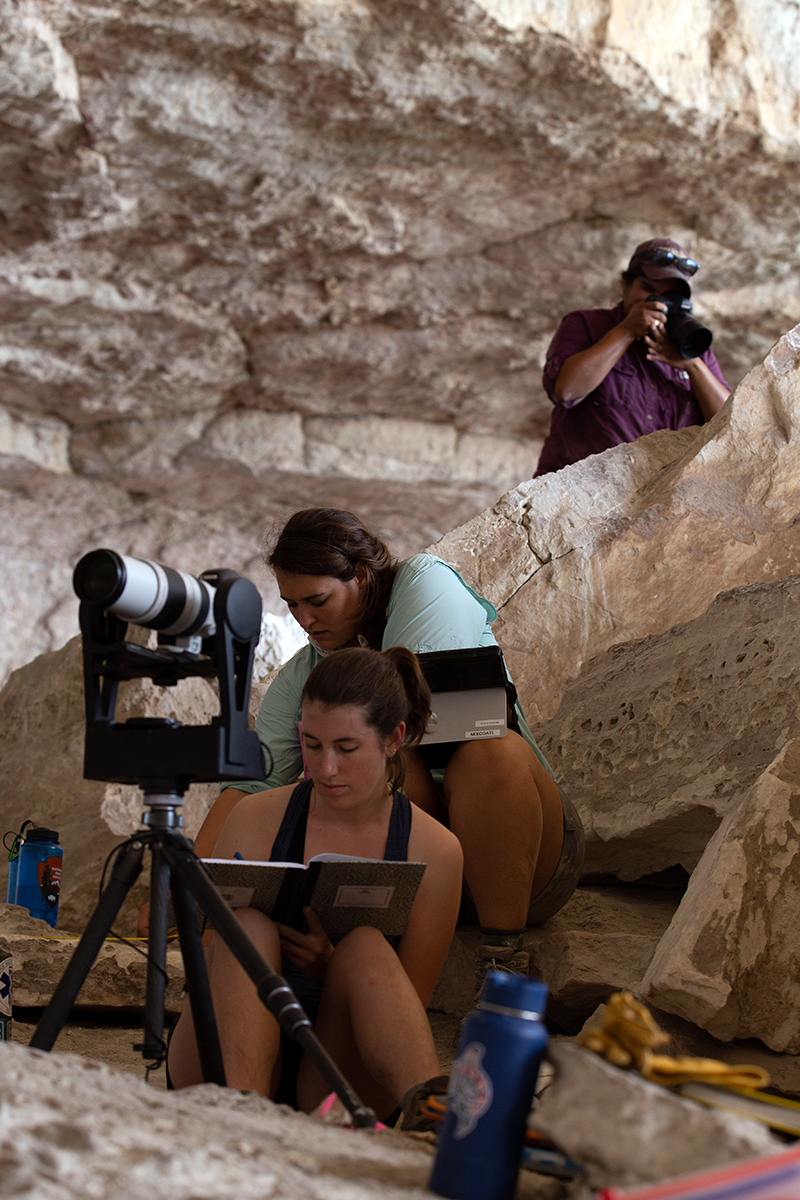

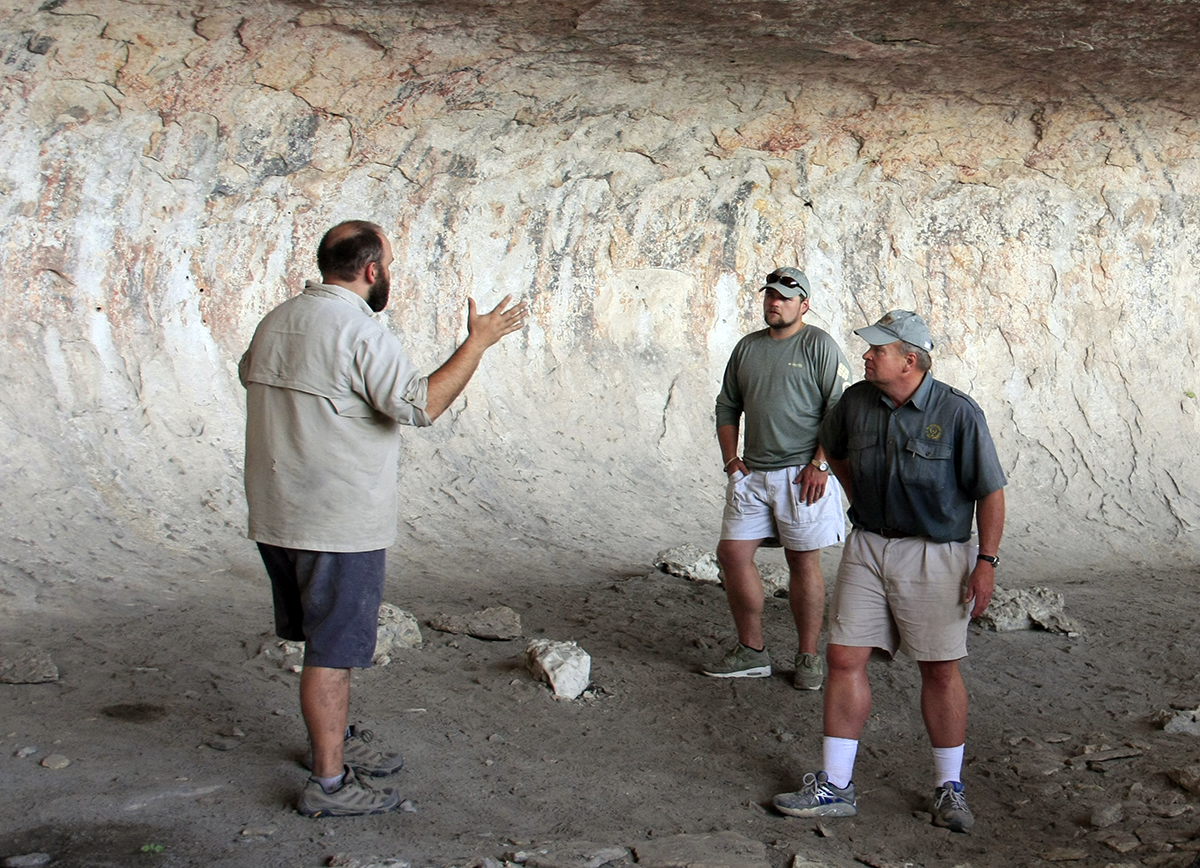
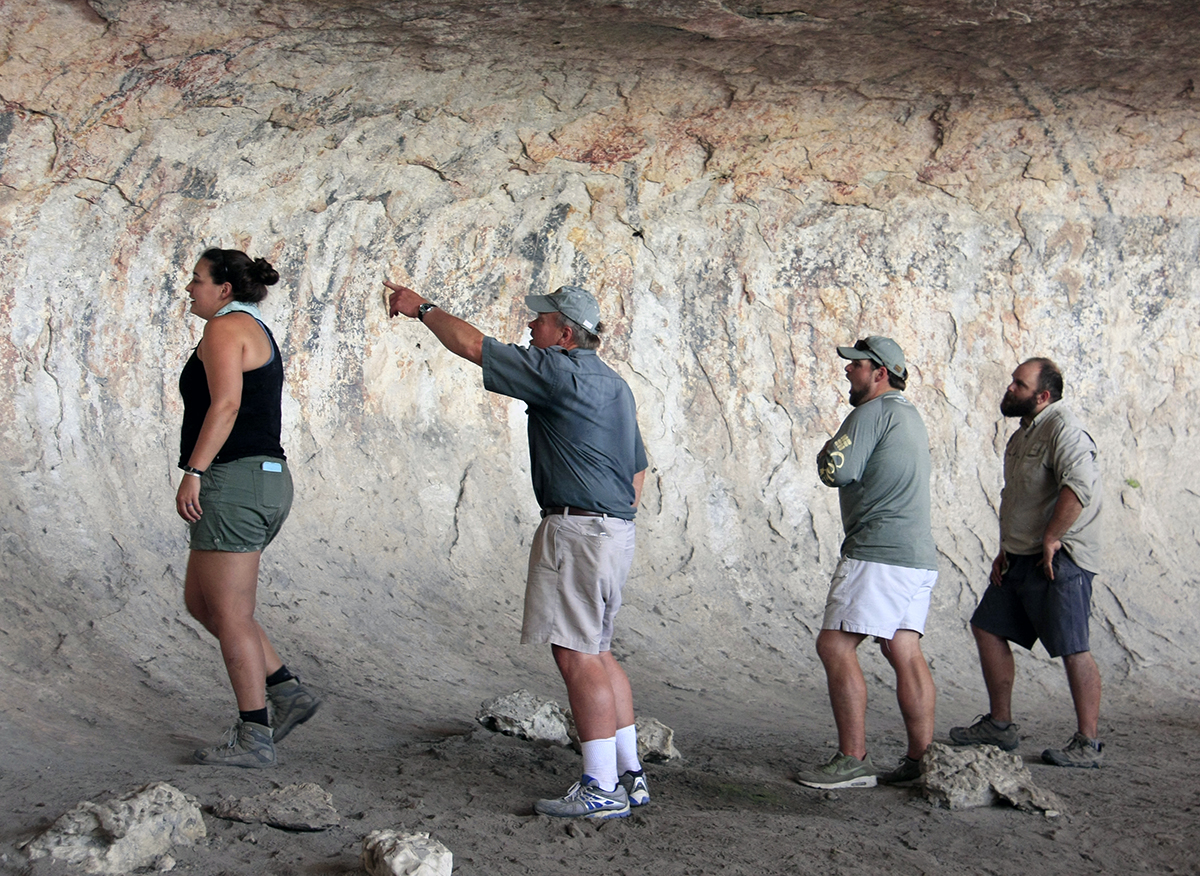
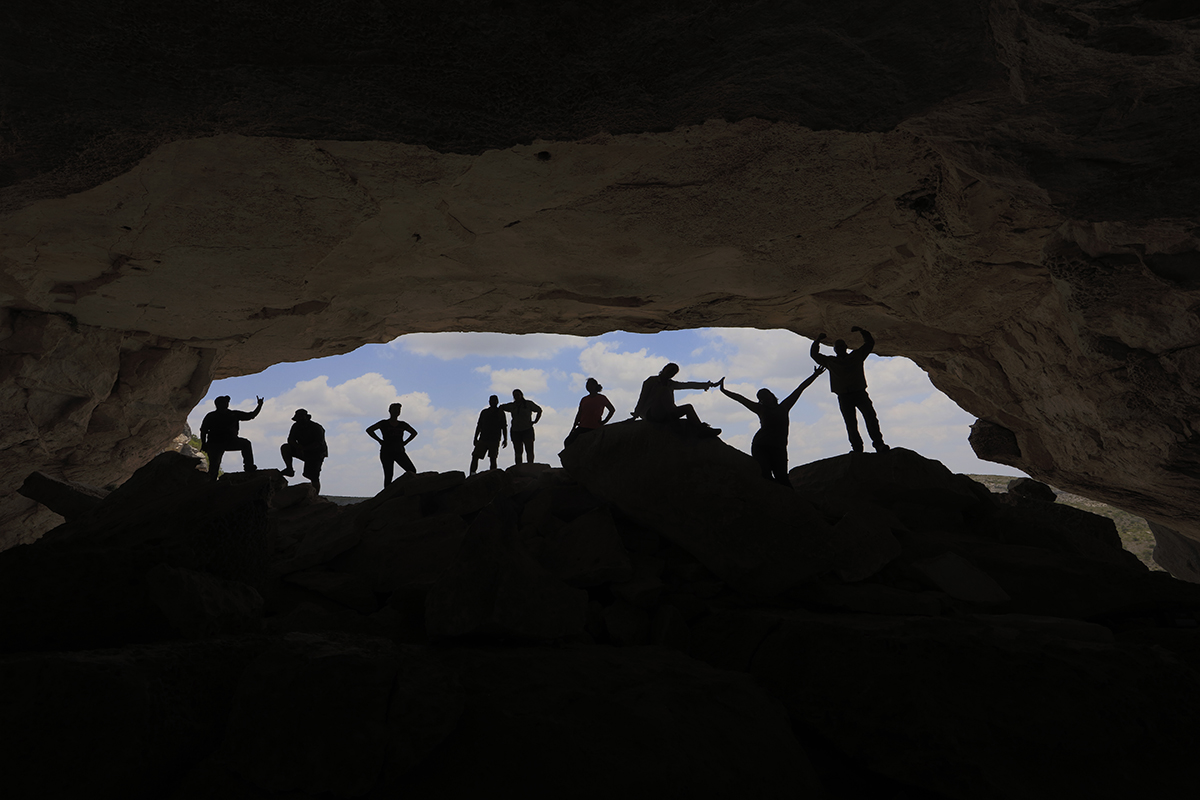
0 Comments